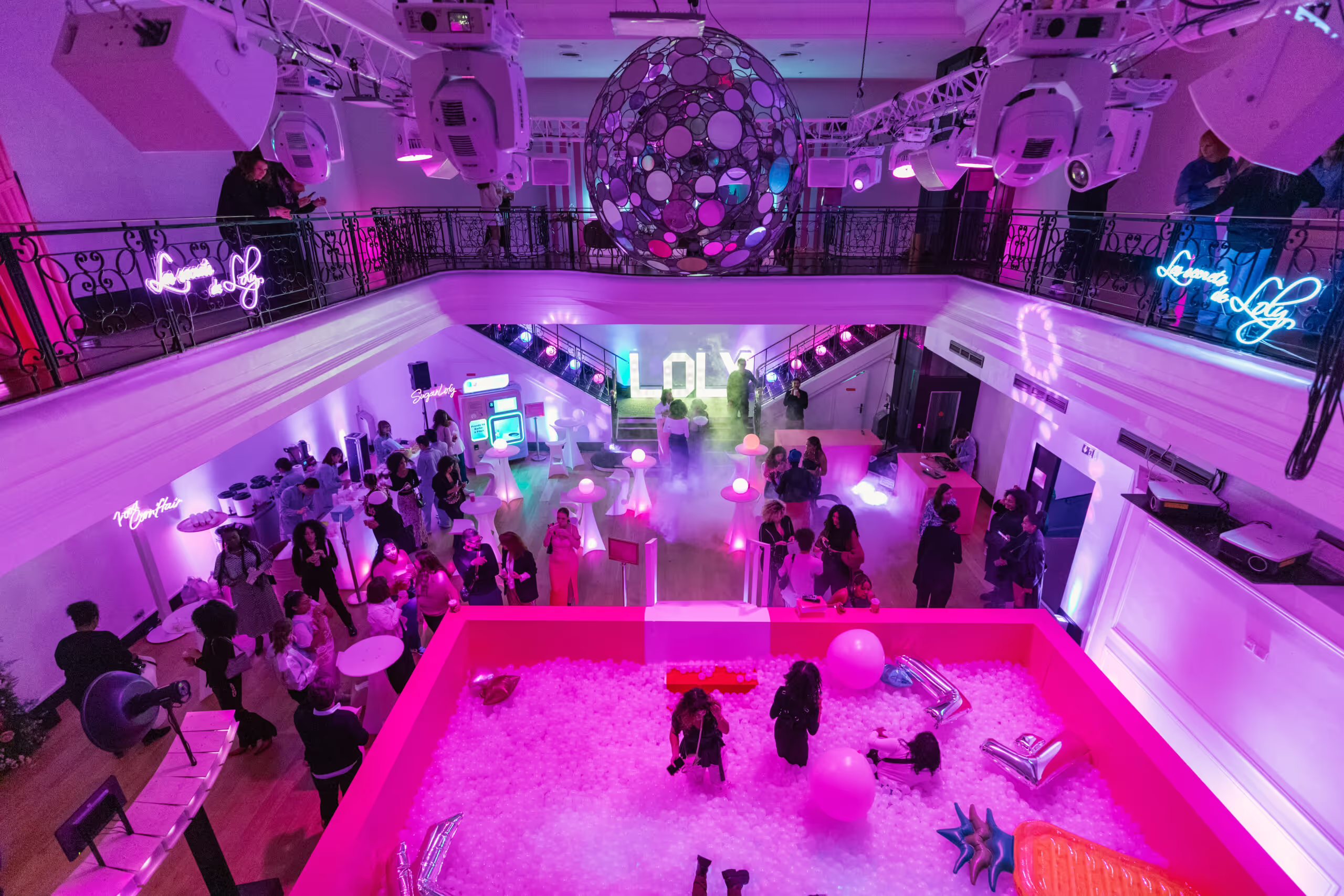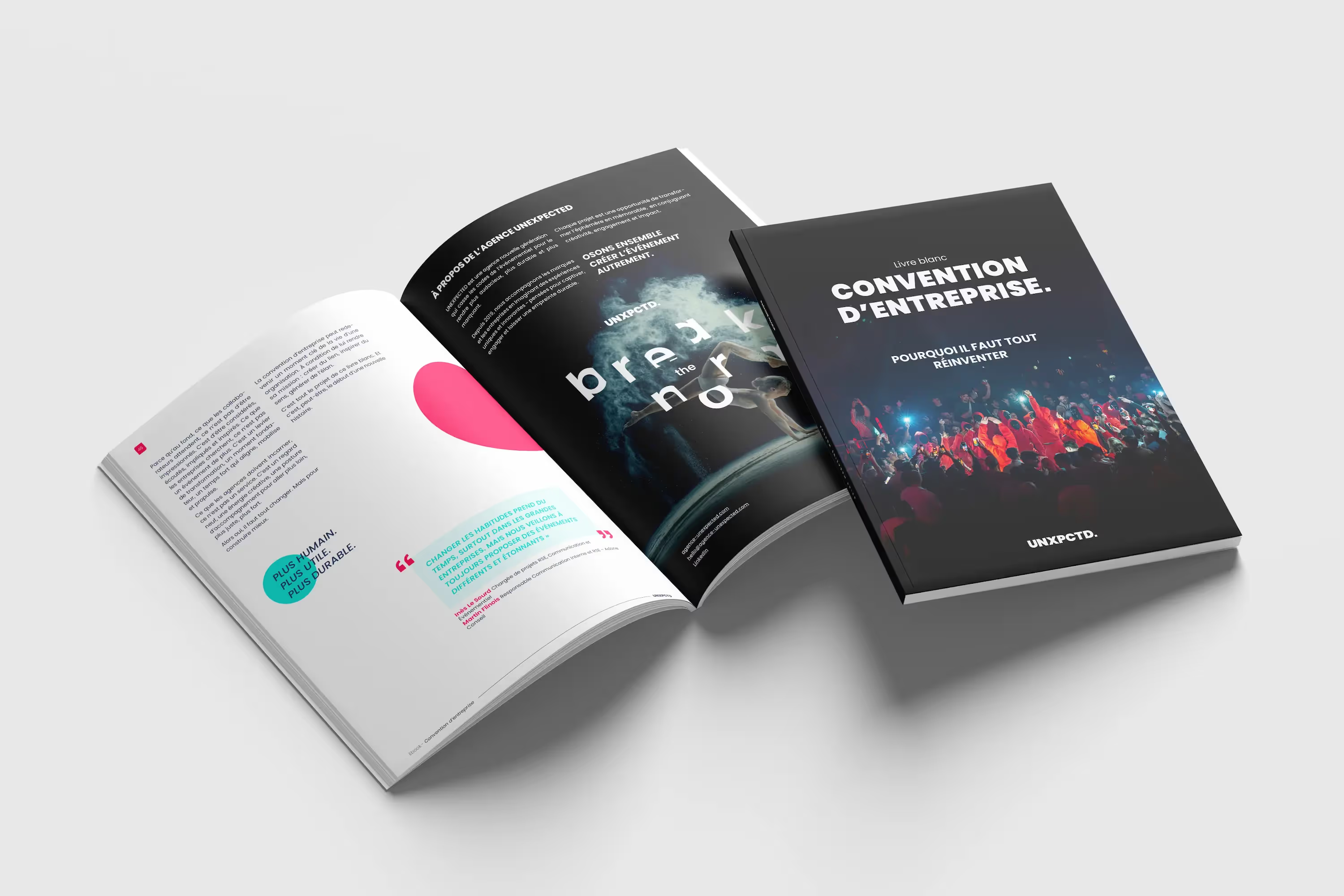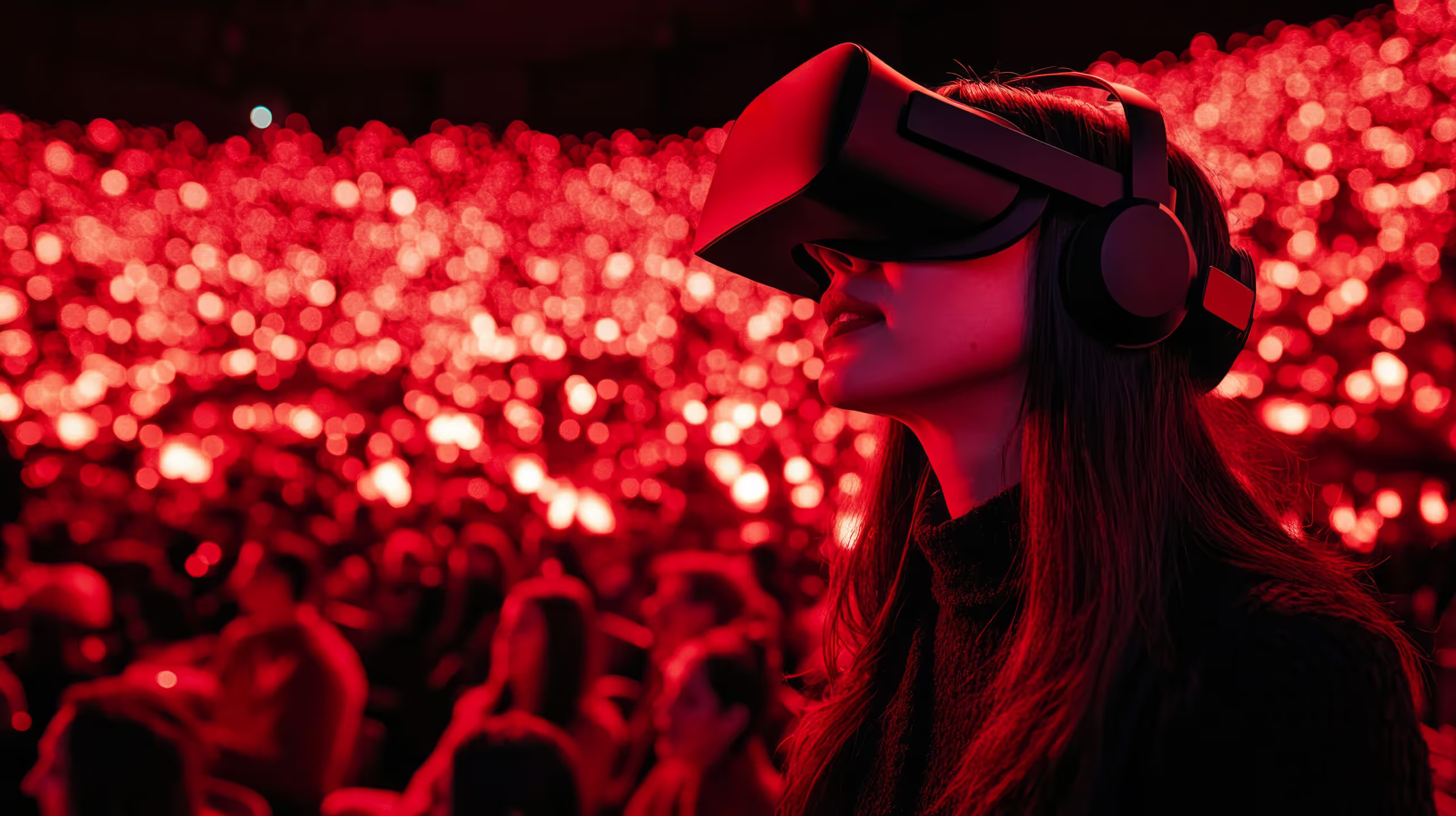There are jobs that sometimes you don't even know exist. They don't talk to us about these at school or in the media, or maybe too little. And that's a shame! Tiphanie works as one of them: she is a scenographer and loves what she does. Scenography, in a nutshell, is the creation, production and management of ephemeral spaces. There is a little magical side to this, which Tiphanie will explain to you better than anyone! We give him the floor in this article dedicated to the profession of scenographer.
What is event scenography?
Scenography refers to all the elements that, arranged in a well thought-out way, will allow produce a unique atmosphere in a space. For example, this involves light, decor or sound. In other words, by anything related to one of our Five senses.
The scenographer imagines, draws, makes plans and models. Depending on the company in which he works, he may have to put his hands in the dough to bring his creations to life. So it is both director, interior designer and decorator. On this last point, we took the opportunity to ask Tiphanie to enlighten us on the difference between decoration and scenography.
“Scenography encompasses all the senses. The concept of feeling is really important. You can play with lights and sounds, but also with smells and even the way people move through space. We will try to give them an experience and, in the best case, to cause them an emotion. Decorating is still about appearance. We are going to arrange things so that it is visually interesting. Decoration is a visual element of scenography, but it's not everything.”
Tiphanie
If you remember how you felt when you discovered the location of an event you participated in, tell yourself that it was certainly because the set designer did a good job!
This artistic installation by Martin Creed is called “Balloons”. Tiphanie discovered it in 2005 at the Lyon Biennale. Spectators had to walk through a room full of balloons. It is one of the first immersive works that left an impression on Tiphanie.
Becoming a scenographer: Tiphanie's journey
Since the profession of scenographer is not very common, there is not yet a large number of training courses to access it and the seats can be expensive. The positive side of this observation is that it may be easier to make a name for yourself in this profession than when you venture into a path that many other people follow.
“This job is a niche, it doesn't hit the streets. So it's a bit hard to know your level. You have to learn to believe in yourself without putting yourself in relation to others.”
Tiphanie
Tiphanie obtained a high school diploma with an arts-plastic option, which she fought for. She did not know what she wanted to do, except to be in the field of Art. For this she made a Beaux-Arts prep, then passed several exams that allowed him to enter École Nationale Supérieure des Beaux-Arts de Lyon.
“What I liked about this school is that they have a space design section with a focus on scenography focused on urban and performance scenography. Even back then it put stars in my eyes! You should know that the competition is very selective, there is an 11% success rate. In my section, in the 2nd year, there were only ten of us.”
Tiphanie
Other options for becoming a scenographer are:
- DN MADE mention of event
- Diploma in theater arts and techniques, scenography course
- DPEA Scenographer
- Diploma from the École Nationale Supérieure des Métiers de l'Image et du Son (FEMIS) specializing in decoration
In 3E Year, Tiphanie went to Ireland with the program erasmus to join the National Film School in Dublin. She specialized in stage and screen scenography, that is, everything related to television shows and movie sets. This year is also the year in which she began to have the opportunity to create scenographies for friends, on the occasion of electronic evenings in Lyon.
“I started doing my own thing outside of class to be able to build my portfolio. That's how I discovered that that was really my thing, the event scenario.”
Tiphanie
After graduating after five years of studies, Tiphanie started freelancing by working at the same time in an art supply store. A job that was initially food, which finally allowed her to gain technical skills by familiarizing herself with creative hobbies. The day when you are looking for a job more by default than anything else, remember that it is still possible to link it at least with your interests and ambitions!
After an experience as project manager, game designer and scenographer for an escape game creation brand and another freelance in the gamification consulting for businesses, Tiphanie joined The UNEXPECTED agency ! Her role? Imagine immersive and memorable worlds for our customers' events.
Tiphanie's tip for constantly finding inspiration (outside of Pinterest): navigate from one exhibition to another and keep presentation catalogs
The pluses and minuses of being an event scenographer
The slightly less cool side, according to Tiphanie
The scenographer is a specialist in a field that is not, at first glance, that of the client for whom he works. However, as we well know, the customer is king. Thus, when the latter has a slightly far-fetched request that goes against what the scenographer learned at school, you must make sure to satisfy him as best as possible.
“It could be for a combination of colors for example. I can see very well that it does not go together, but if that's what the customer wants I have to deal with it. I think everyone who works in design knows this problem.”
Tiphanie
More generally, we can say that the scenographer must Learn to let go of your opinions and productions.
“When we leave school, especially at the Beaux-Arts, we are taught to be artists and to claim what we do, to justify everything. But when the customer says no, you have to know how to stop justifying and adapt to them.”
Tiphanie
The funniest part, according to Tiphanie
If you are not yet in the event industry, all you have to do is read one or two other interviews we conducted (such as that of our event project managers or from our event and operational director) to be certain: In events, we are not bored. Why? Because the days are not the same and there is an extraordinary side, in the literal sense of the word, that proves to be an excellent remedy against routine. The daily life of the scenographer, too, is nothing monotonous!
“I appreciate being able to be there at all stages of the project, from the briefing to the big day, even if I don't go to all the events. I love the whole process of sourcing, snooping around, finding ideas that project managers wouldn't necessarily have thought of, and then getting active at the production stage. And above all, I like to play the little mouse by sneaking into an event to see the result in real life and to observe the reactions of the participants. As long as the guests are happy, so am I. I don't need any other form of recognition.”
Tiphanie
Being a scenographer means wanting to make the eyes of those who discover your creations shine. When magic happens, it is, as Tiphanie explained to us, something very gratifying.
What does it look like as a scenographer in an event agency?
Tiphanie's role varies from event to event, depending on its size and the need for scenography. She discusses a lot beforehand with the client to determine how involved she is or will not be involved in the project. She then discusses it with the project manager to find out how he feels about the creation, if he needs help with the graphics, if he has enough time for all this, etc. Tiphanie is usually consulted to provide the visuals accompanying the recommendation that will be sent to the customer. For small projects, she creates illustrations using the Adobe suite. For larger projects or calls for projects, it switches to 3D with Rhino software.
Tiphanie's visuals: on the left an illustration, on the right a basic 3D
Sometimes Tiphanie is there to support project managers, especially the less experienced ones who do not yet know how to manage certain aspects such as decoration sourcing or the budget. It is also available for everything guidance concerning artistic direction, such as the design of a charter.
When projects include a large budget devoted to scenography and the client requires a strong immersion, Tiphanie takes care of this aspect from A to Z. She then takes charge of the service providers who have a link with the scenography and customer exchanges on this subject, while remaining in agreement at each stage with the project manager.
Does this insight into the job of scenographer inspire you? Do you want to know more? We will answer it in comments!

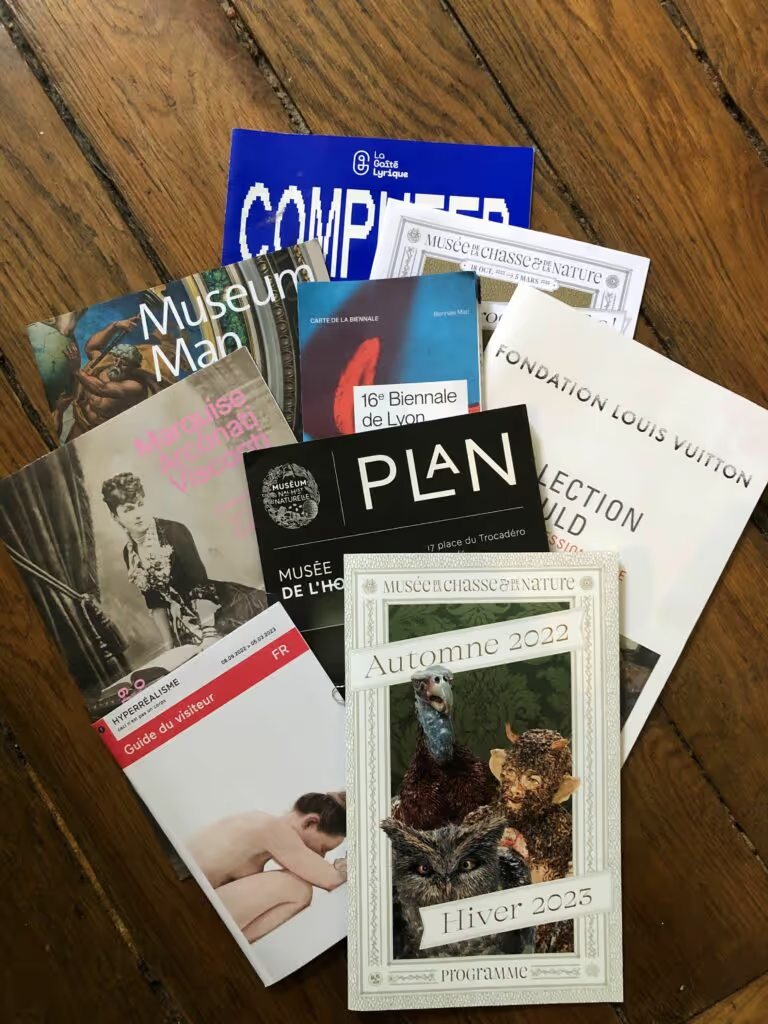
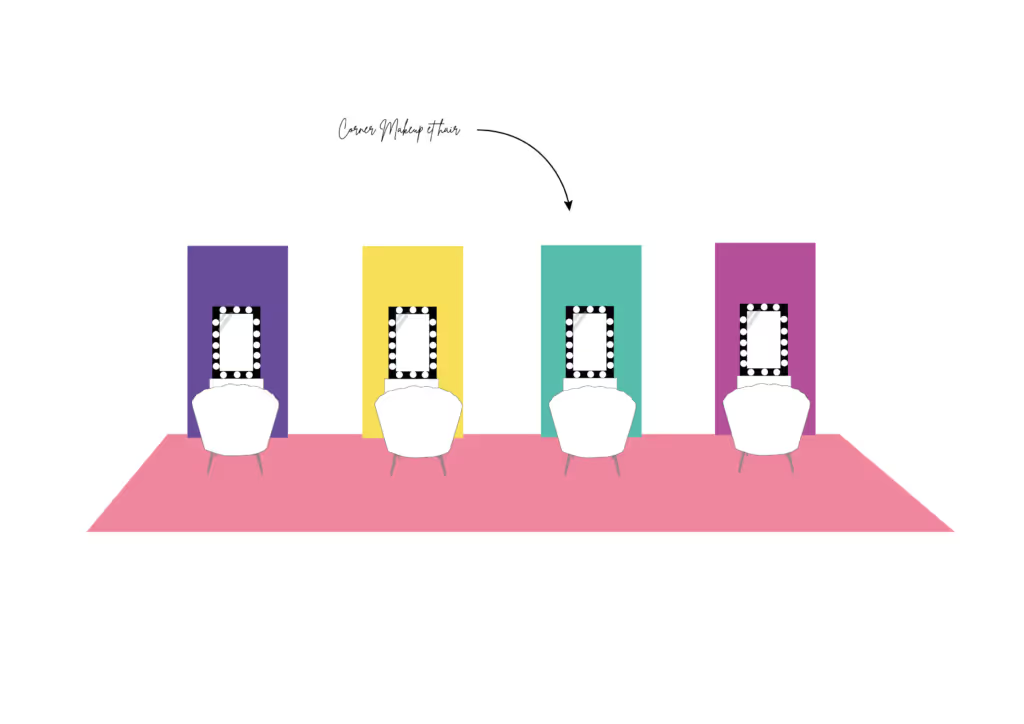
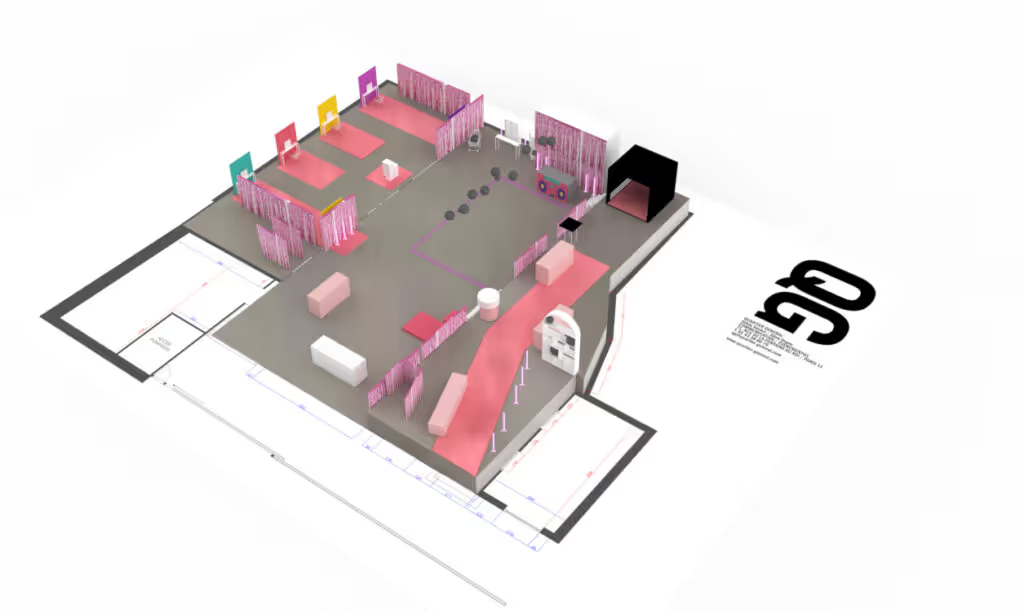
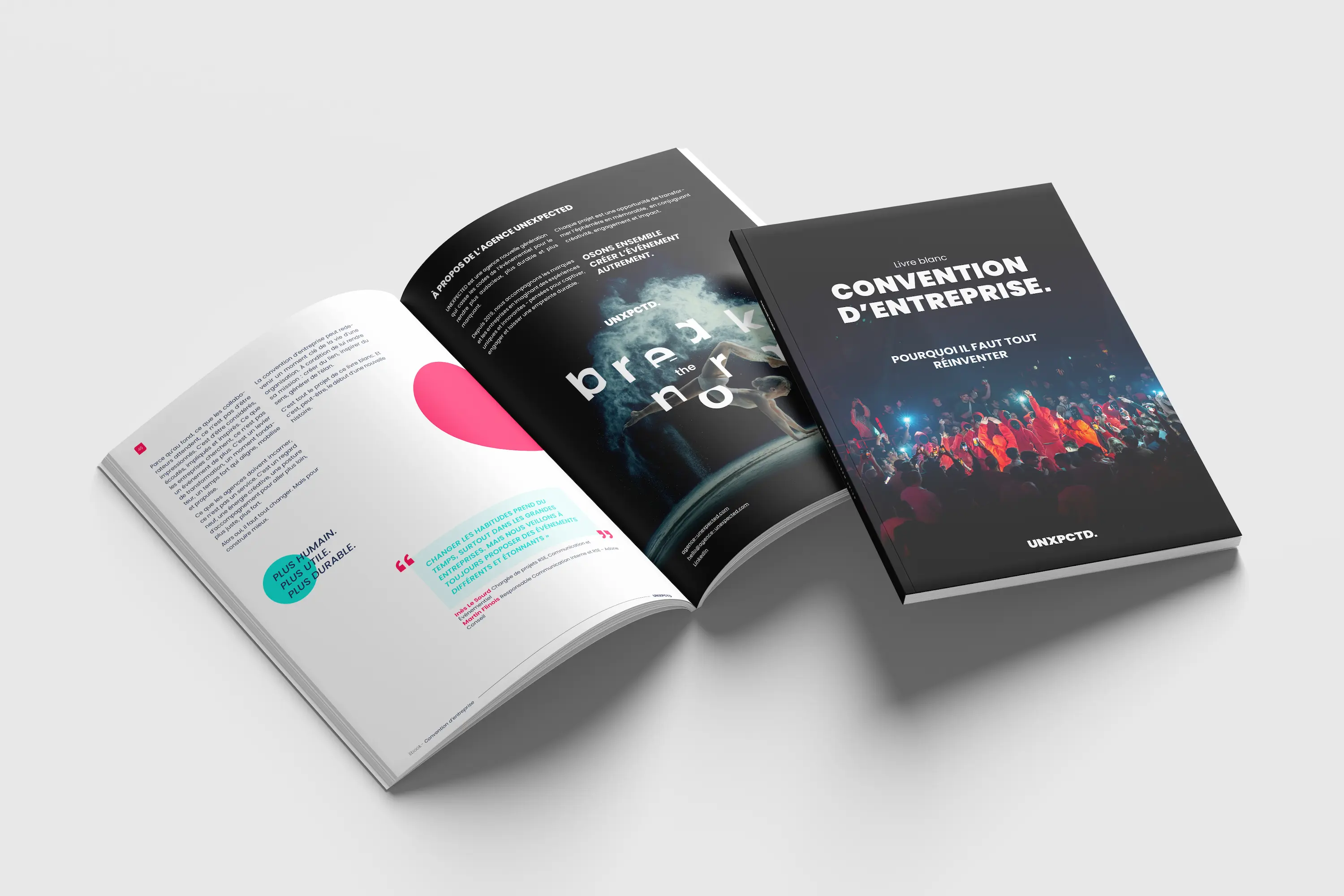
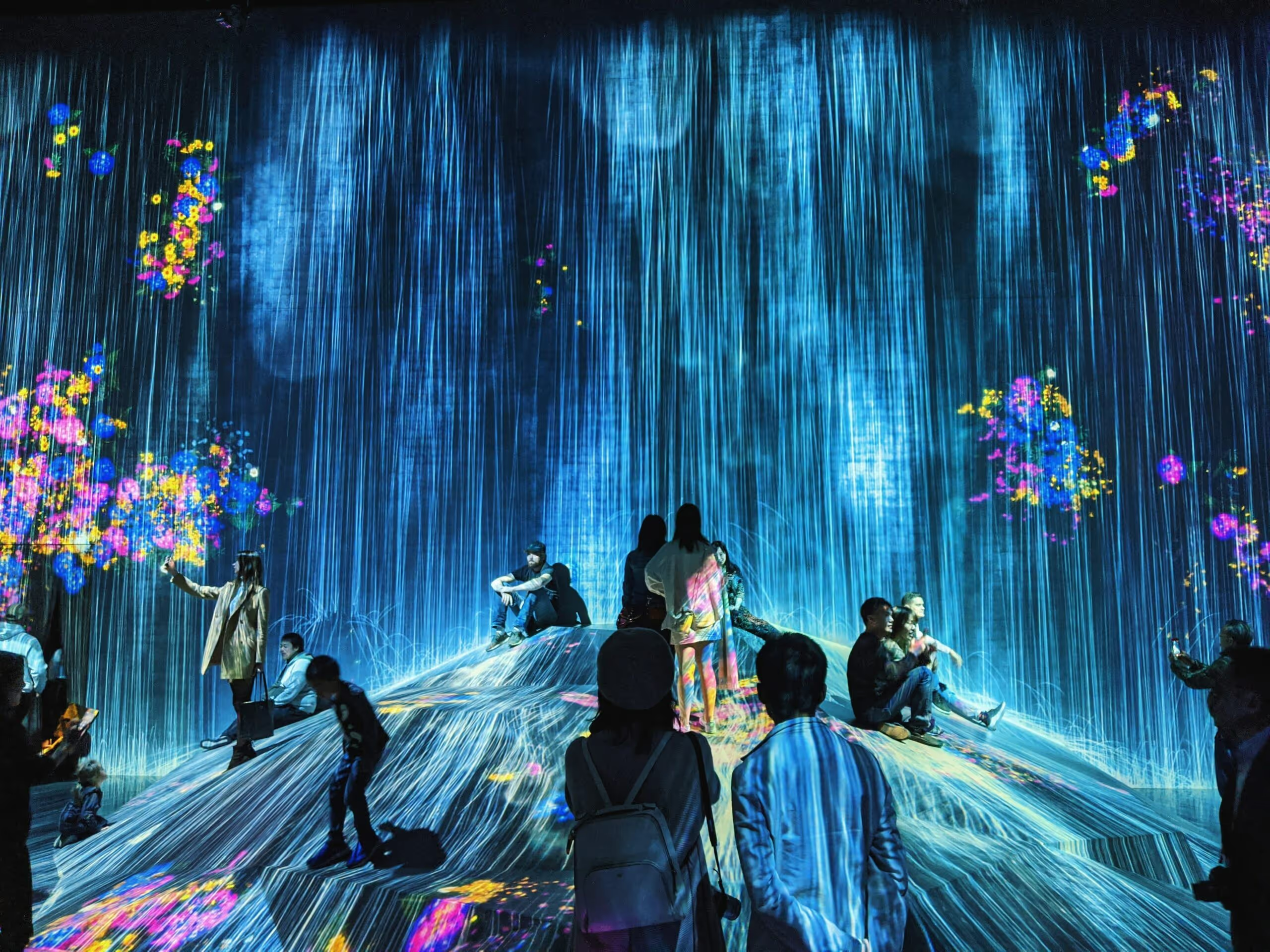

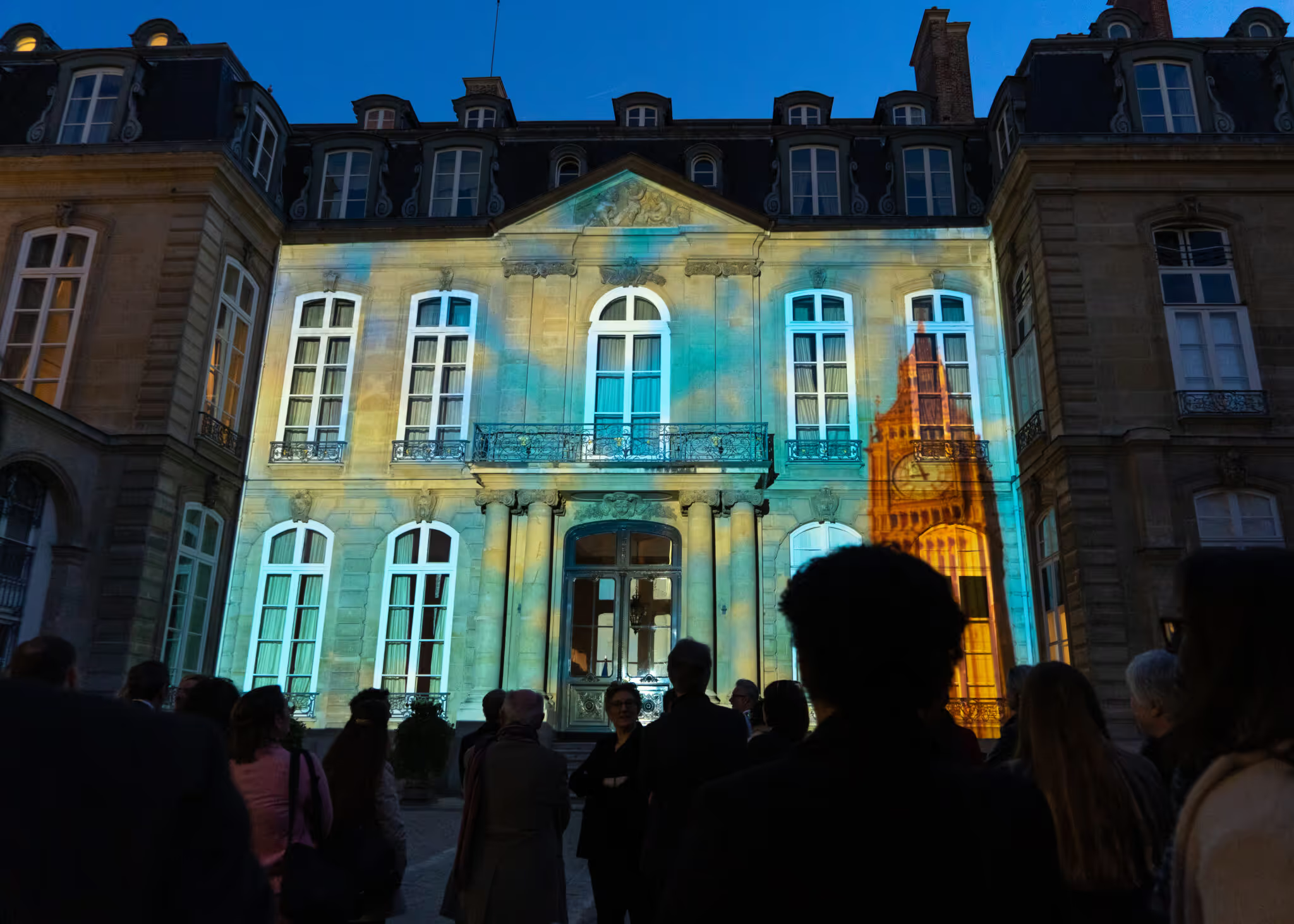
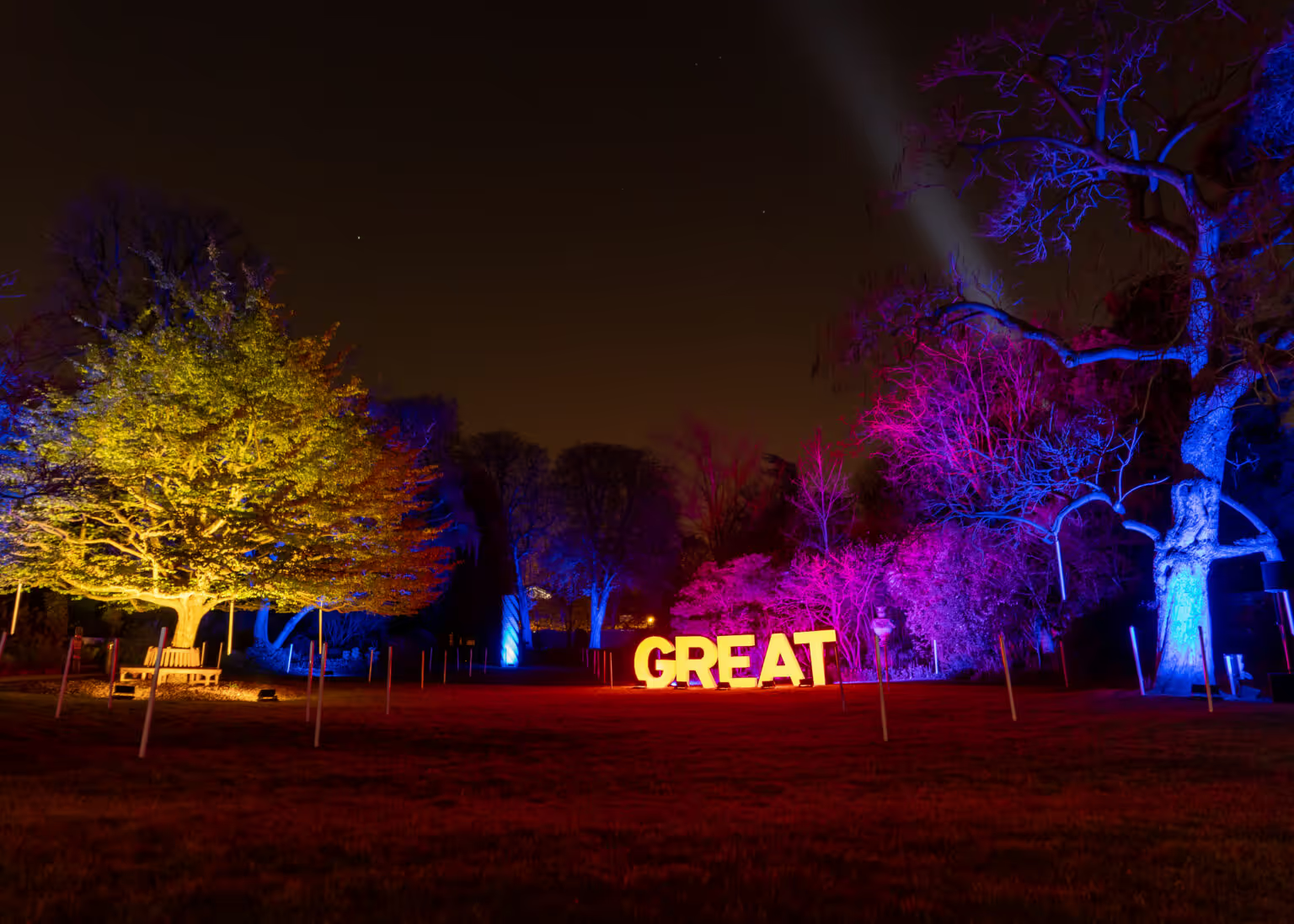


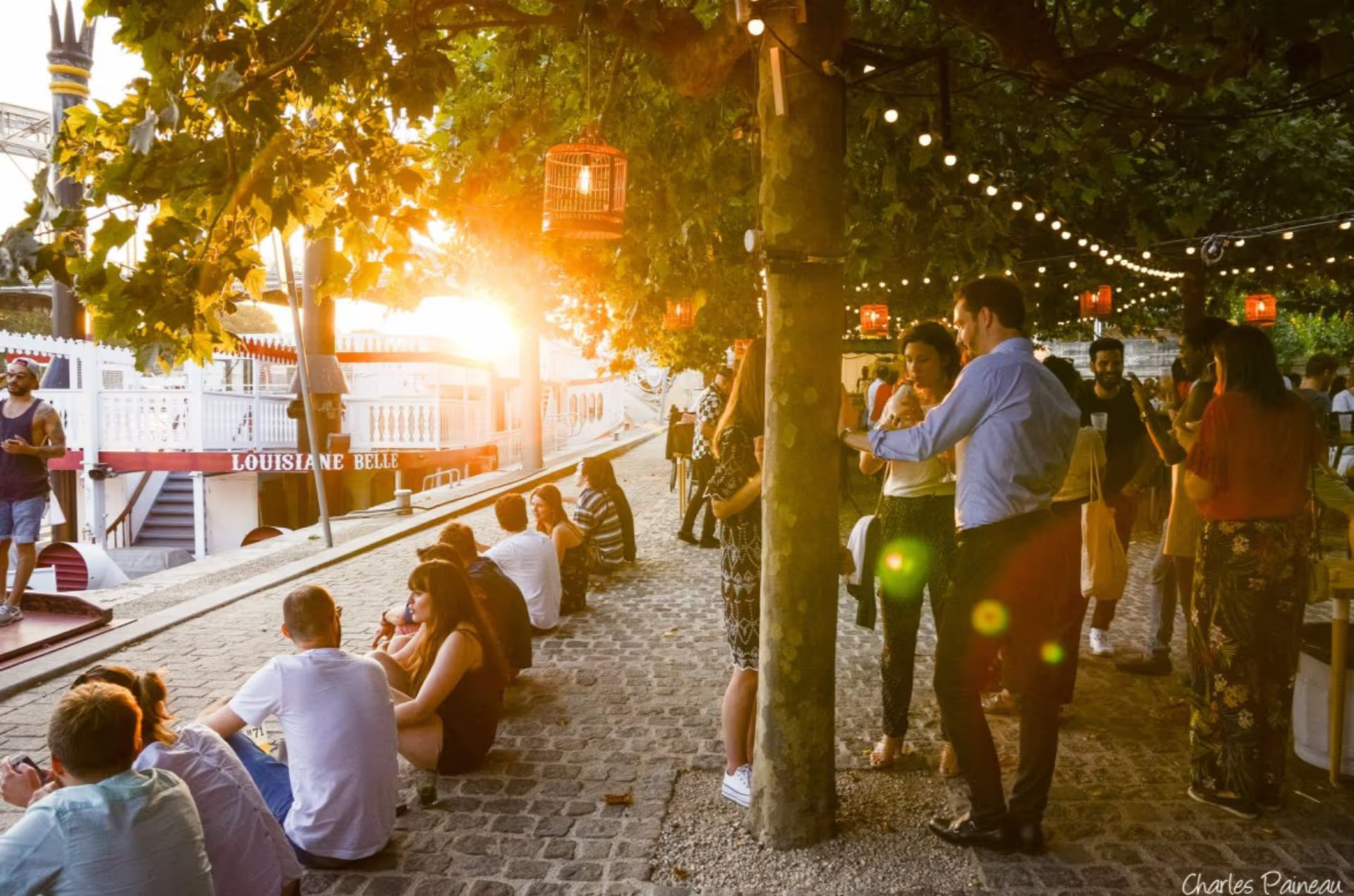
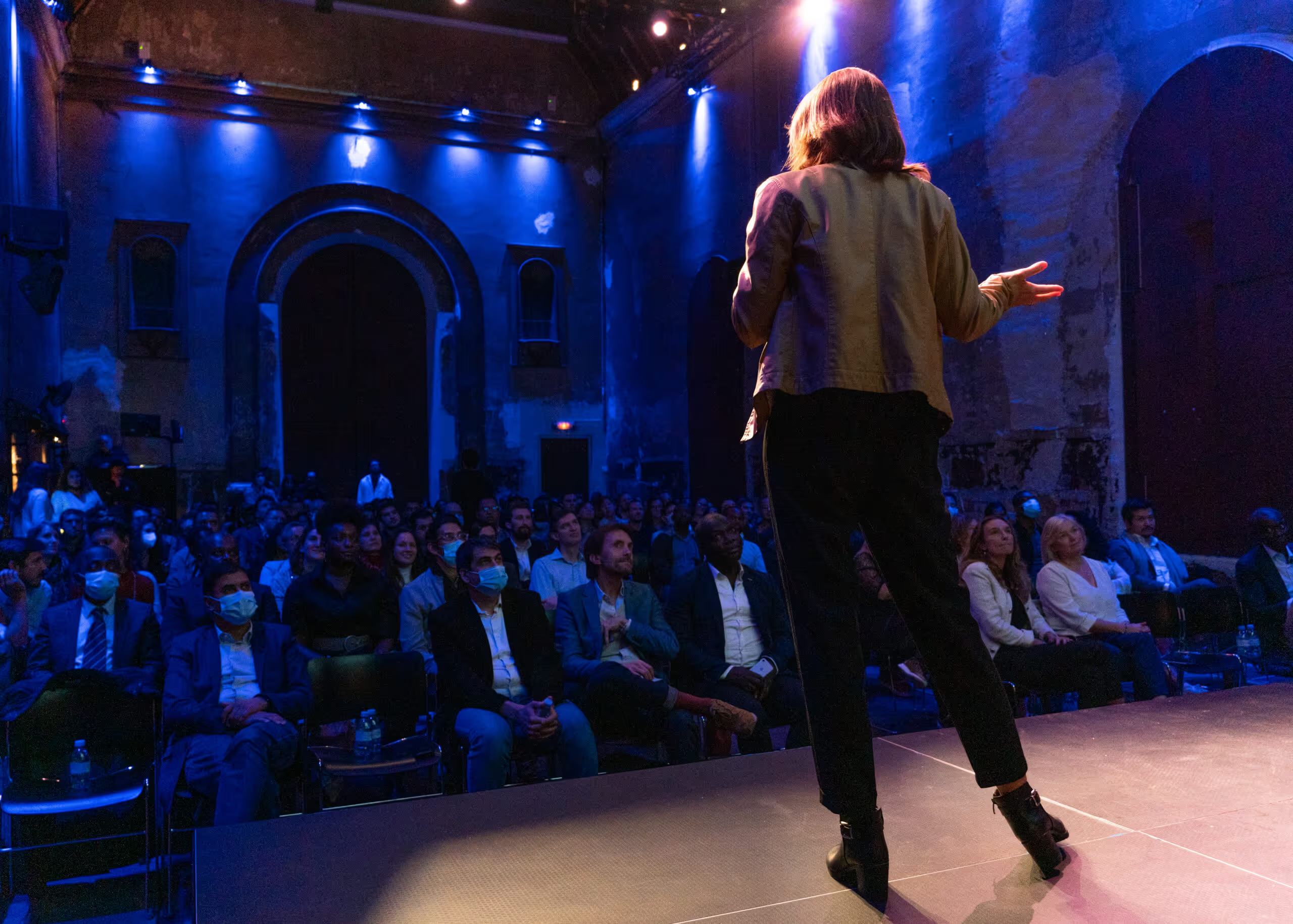
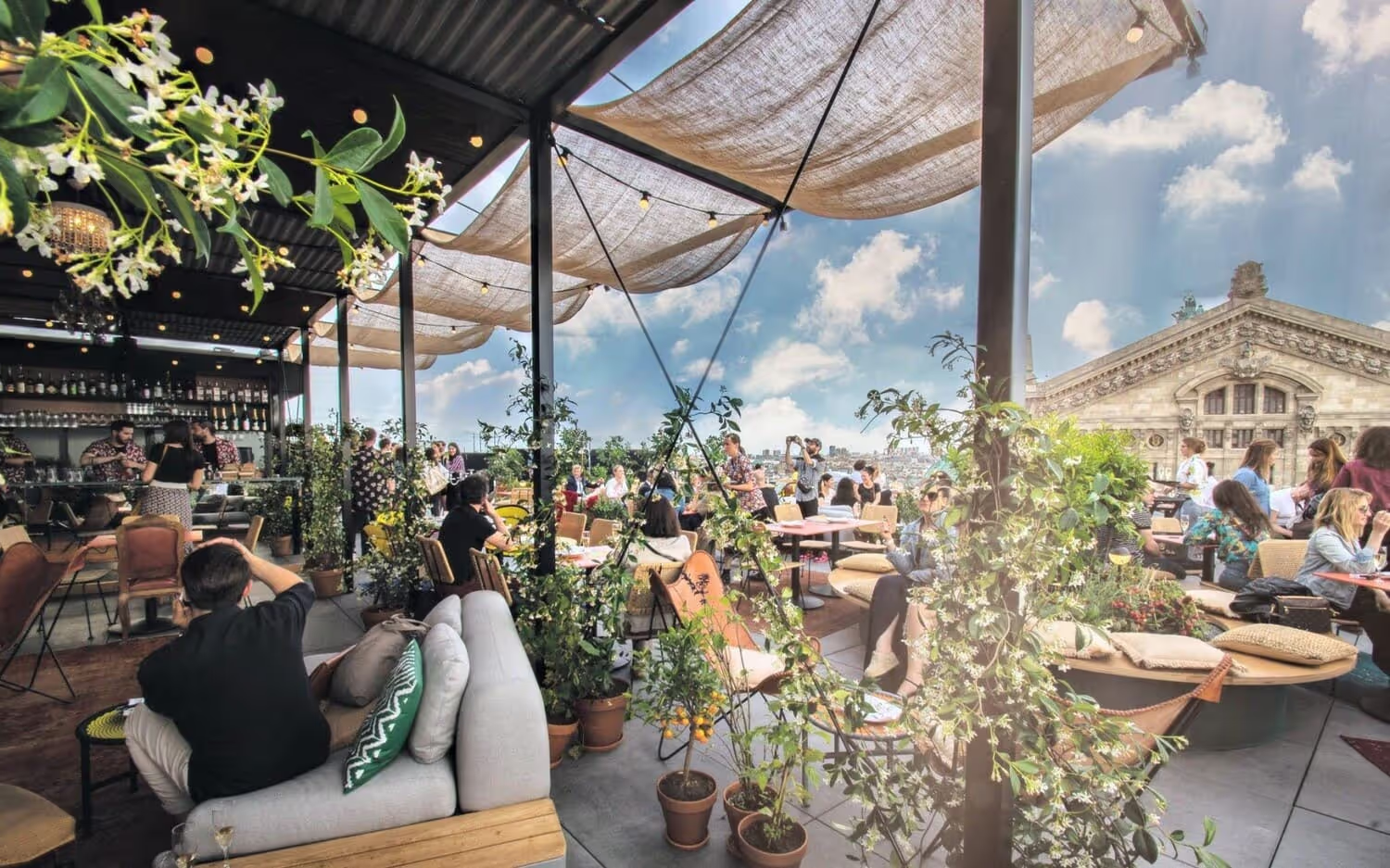


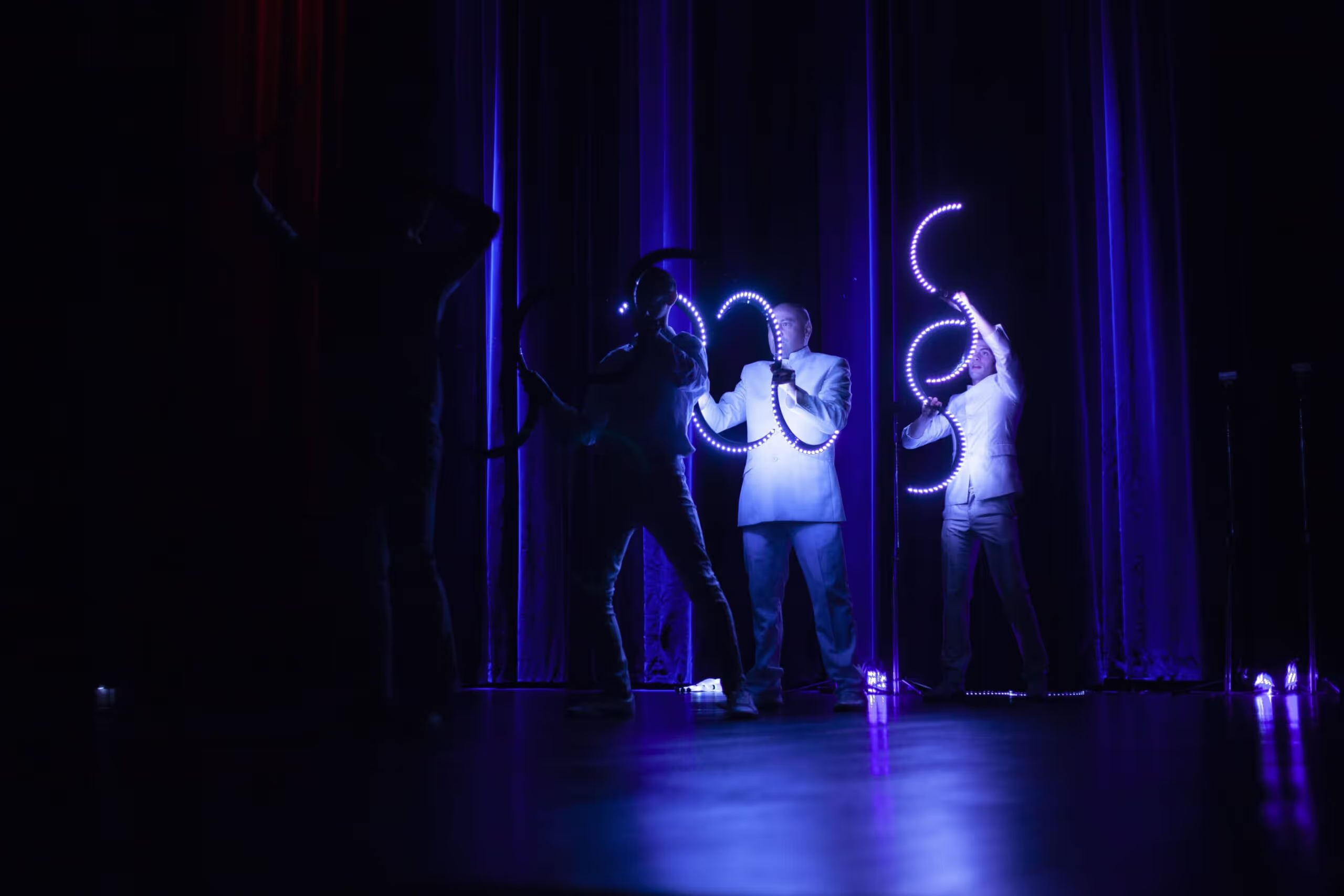
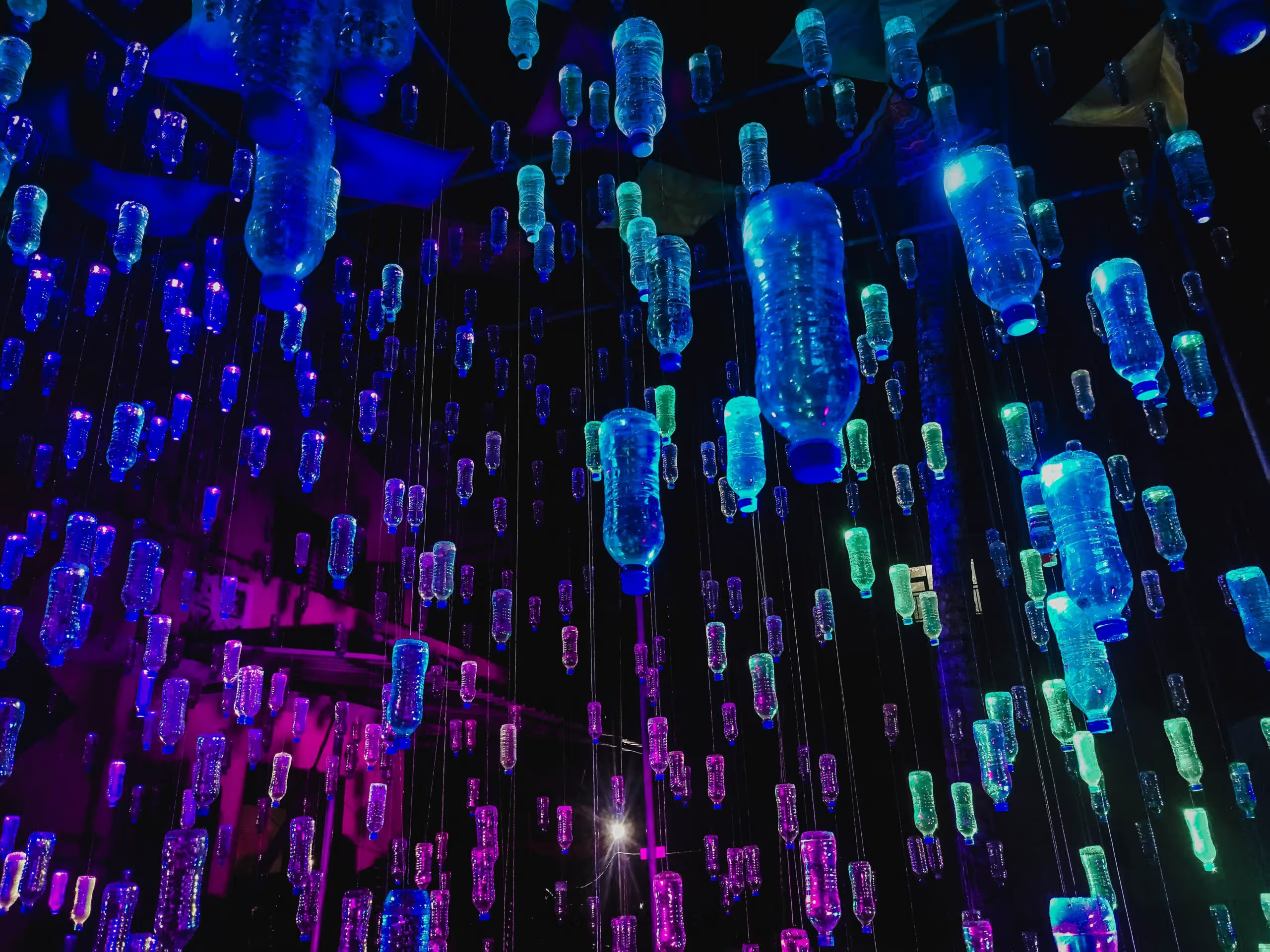
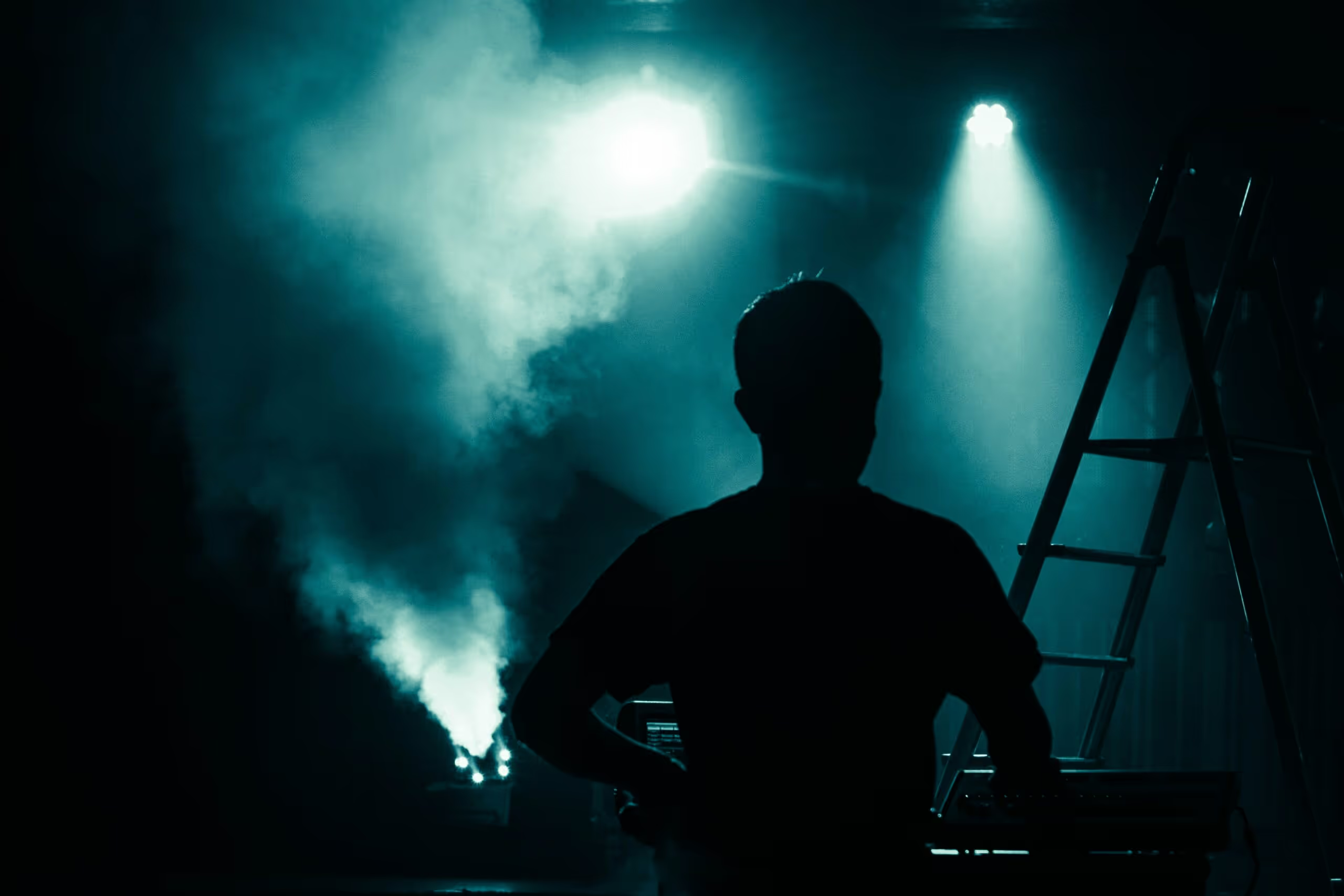

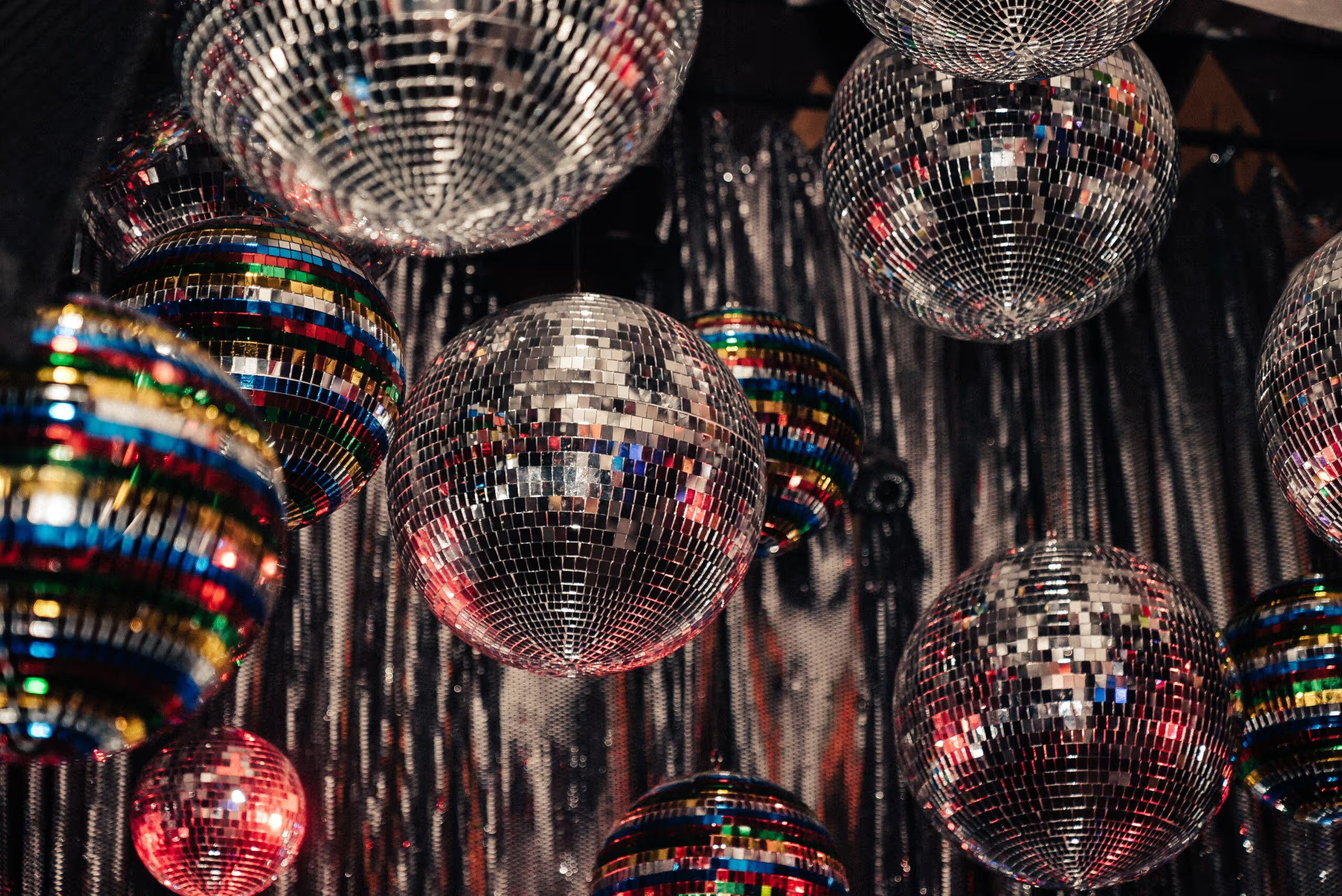
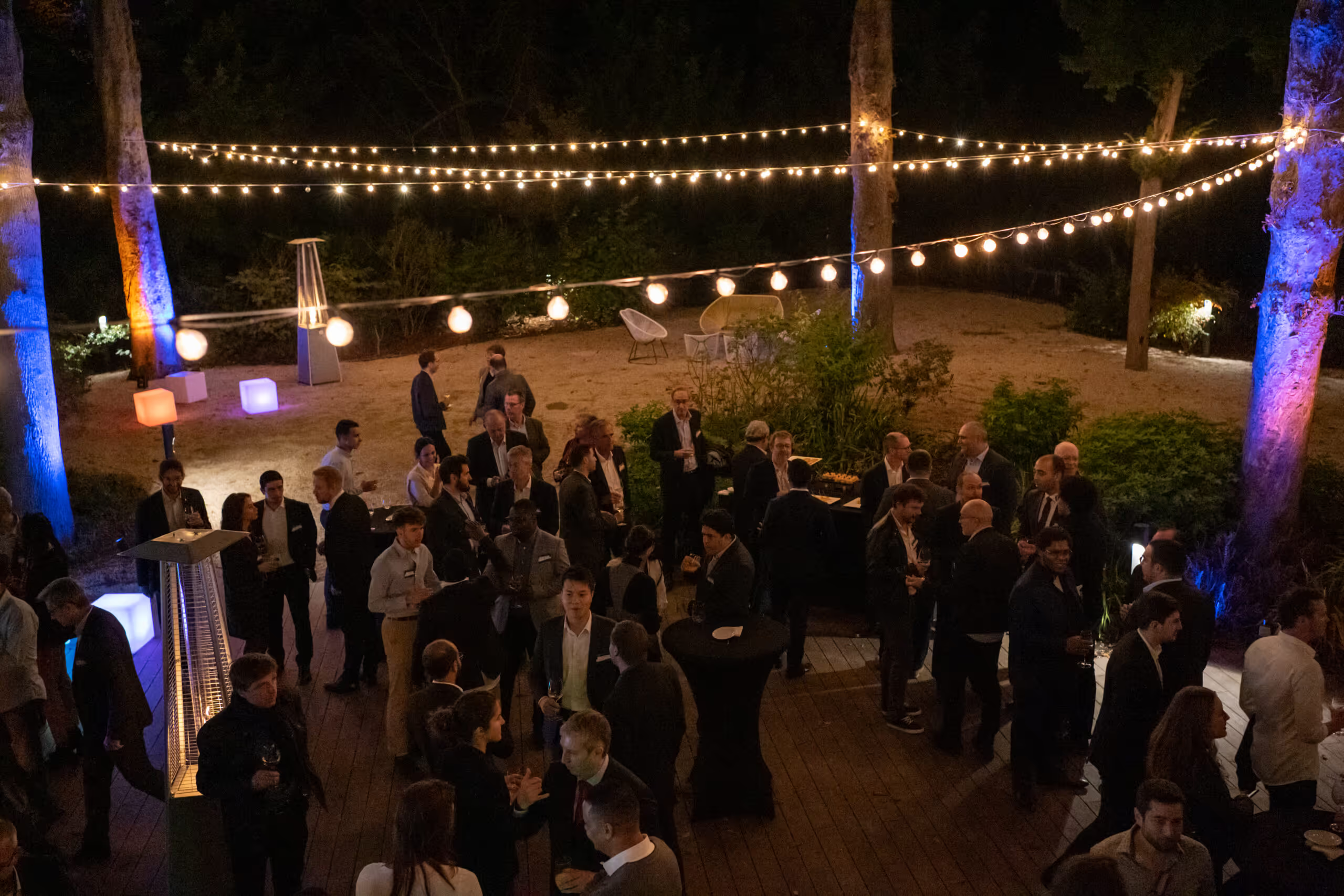

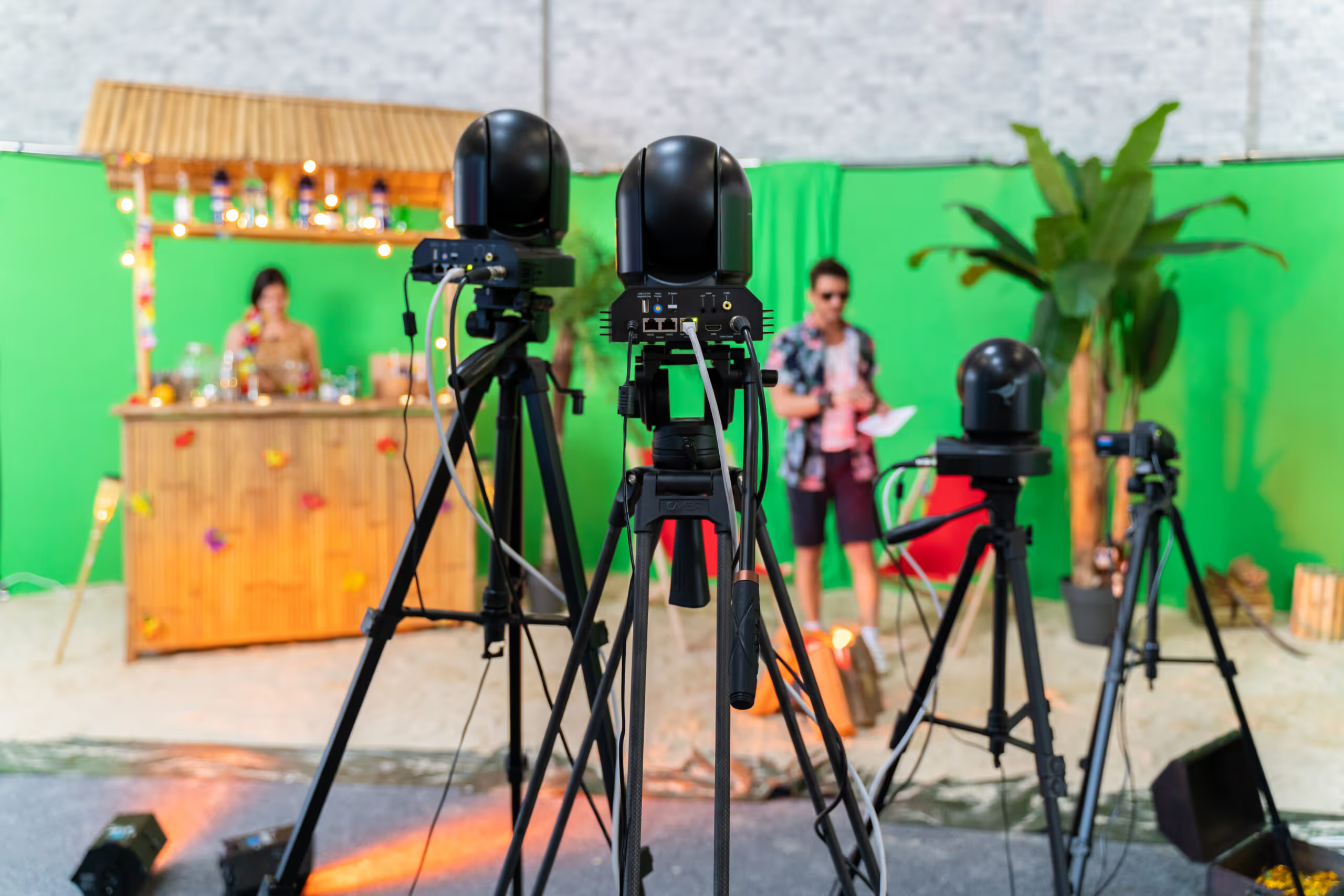


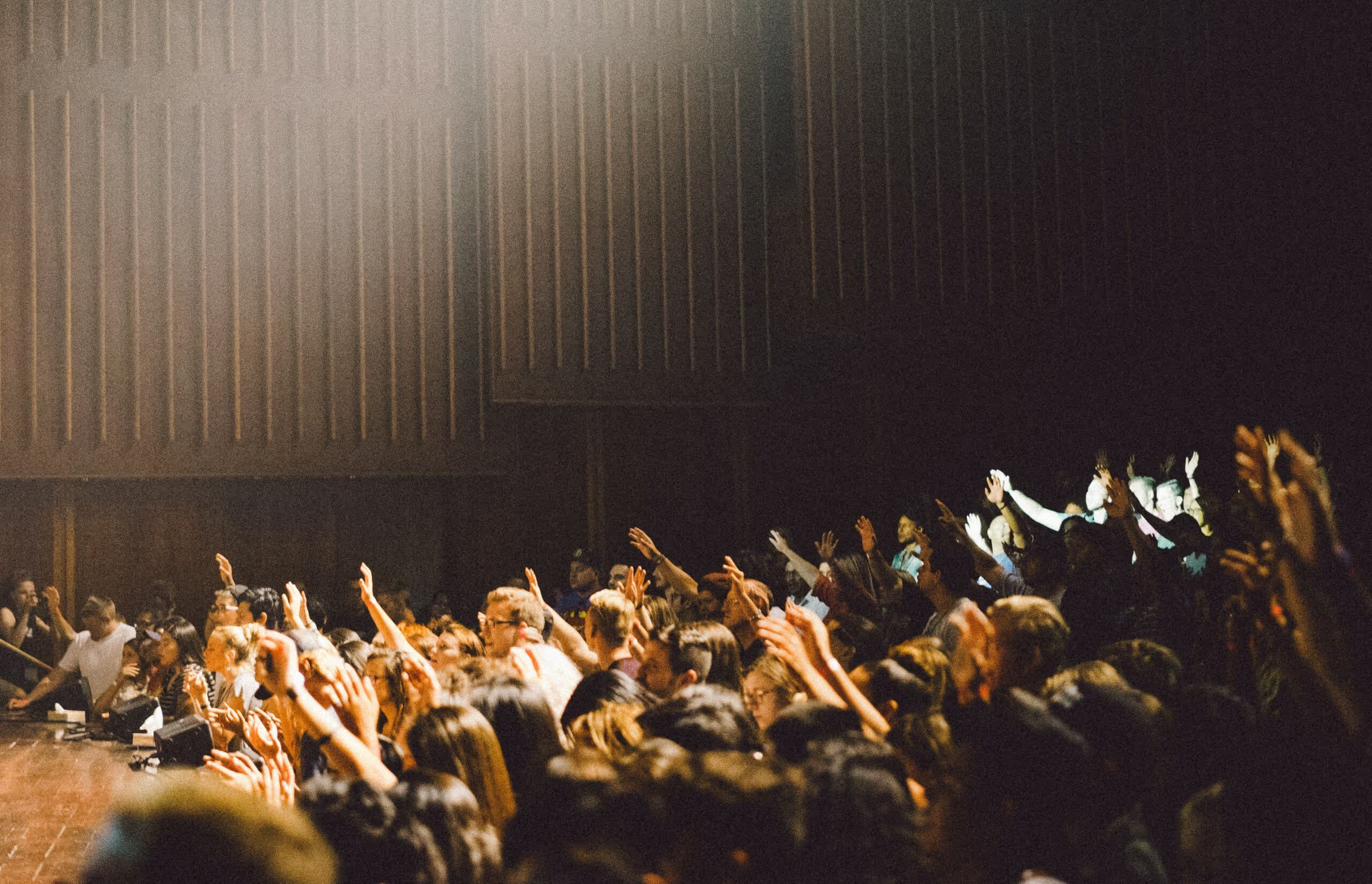
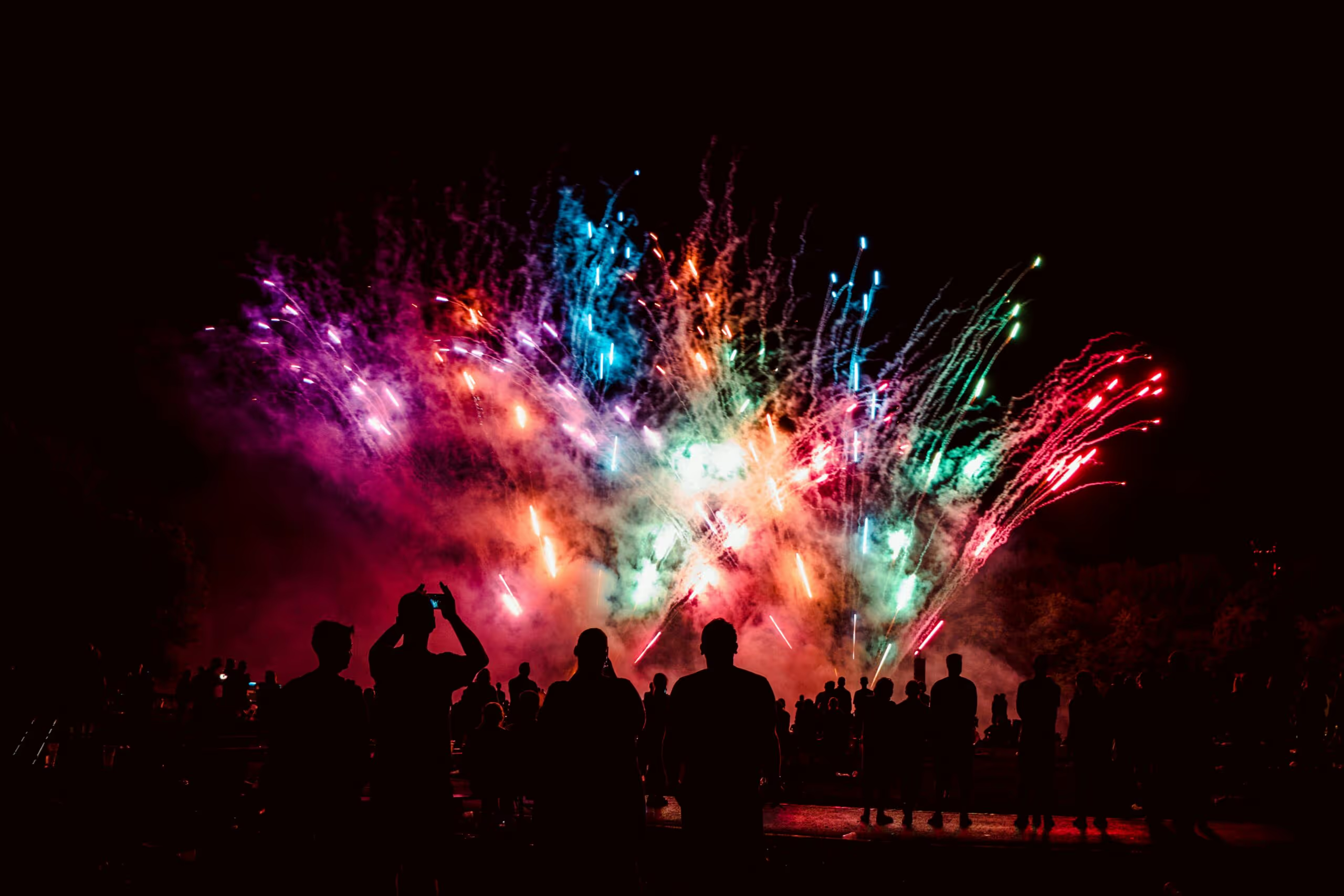
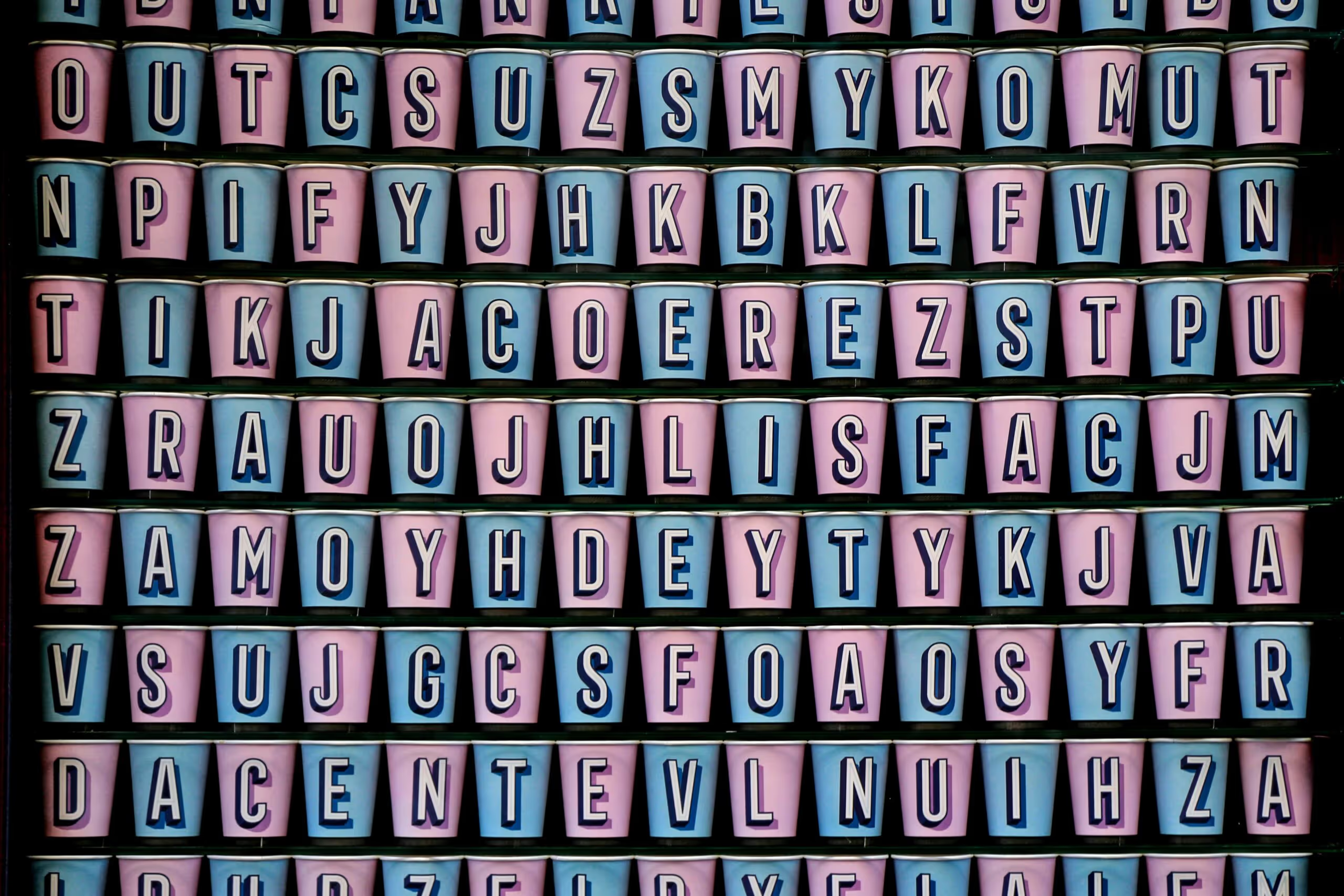
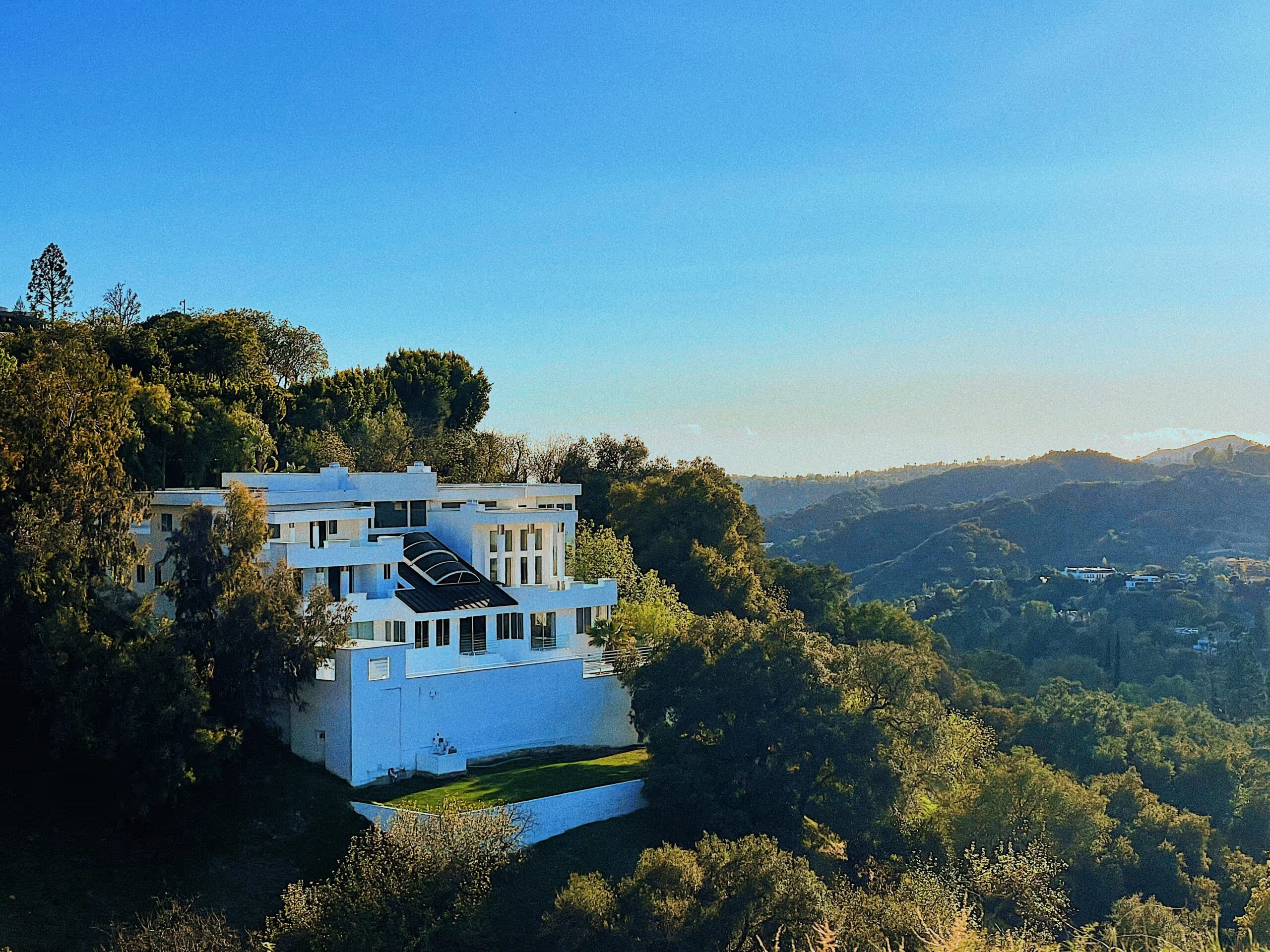
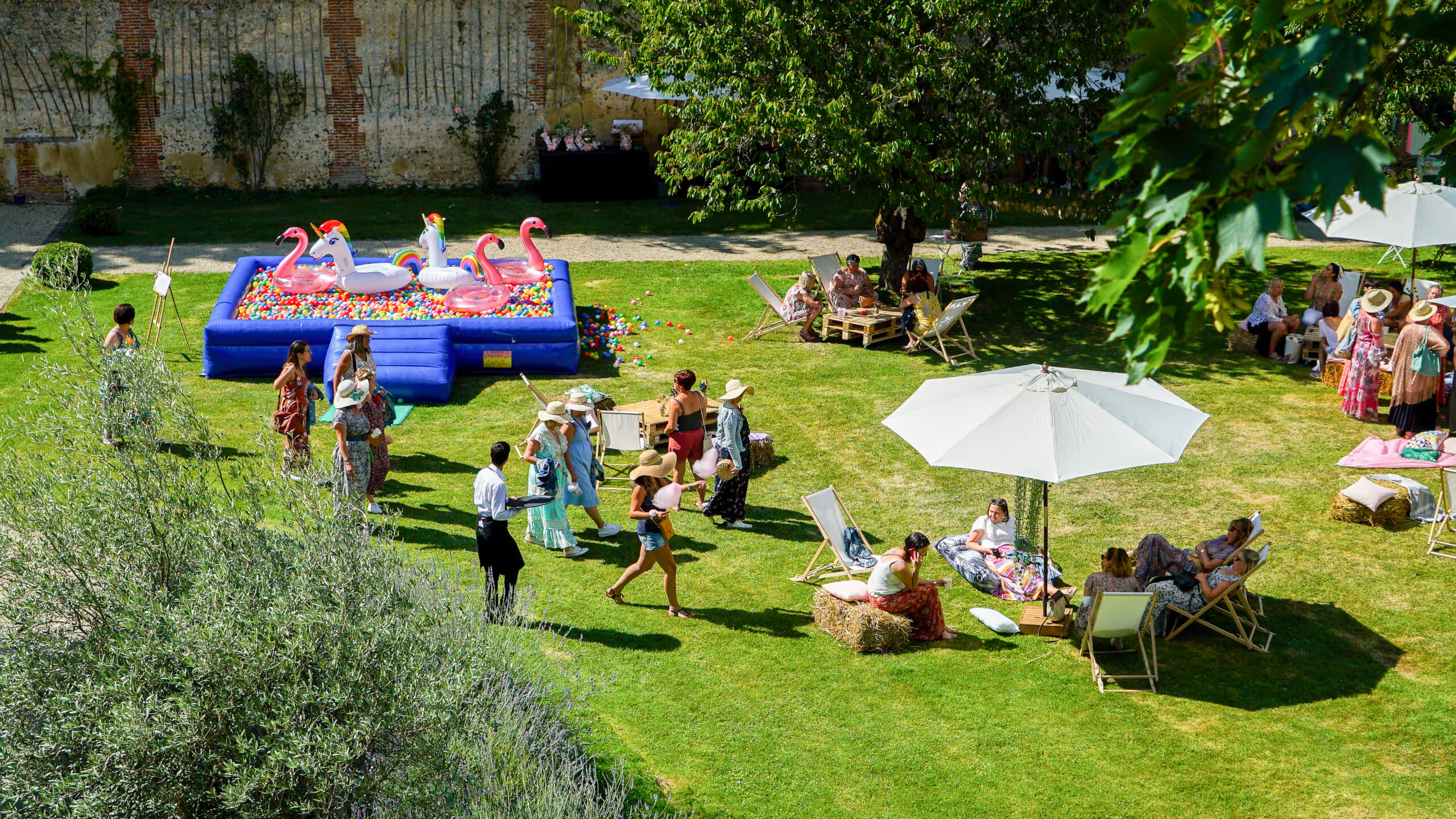
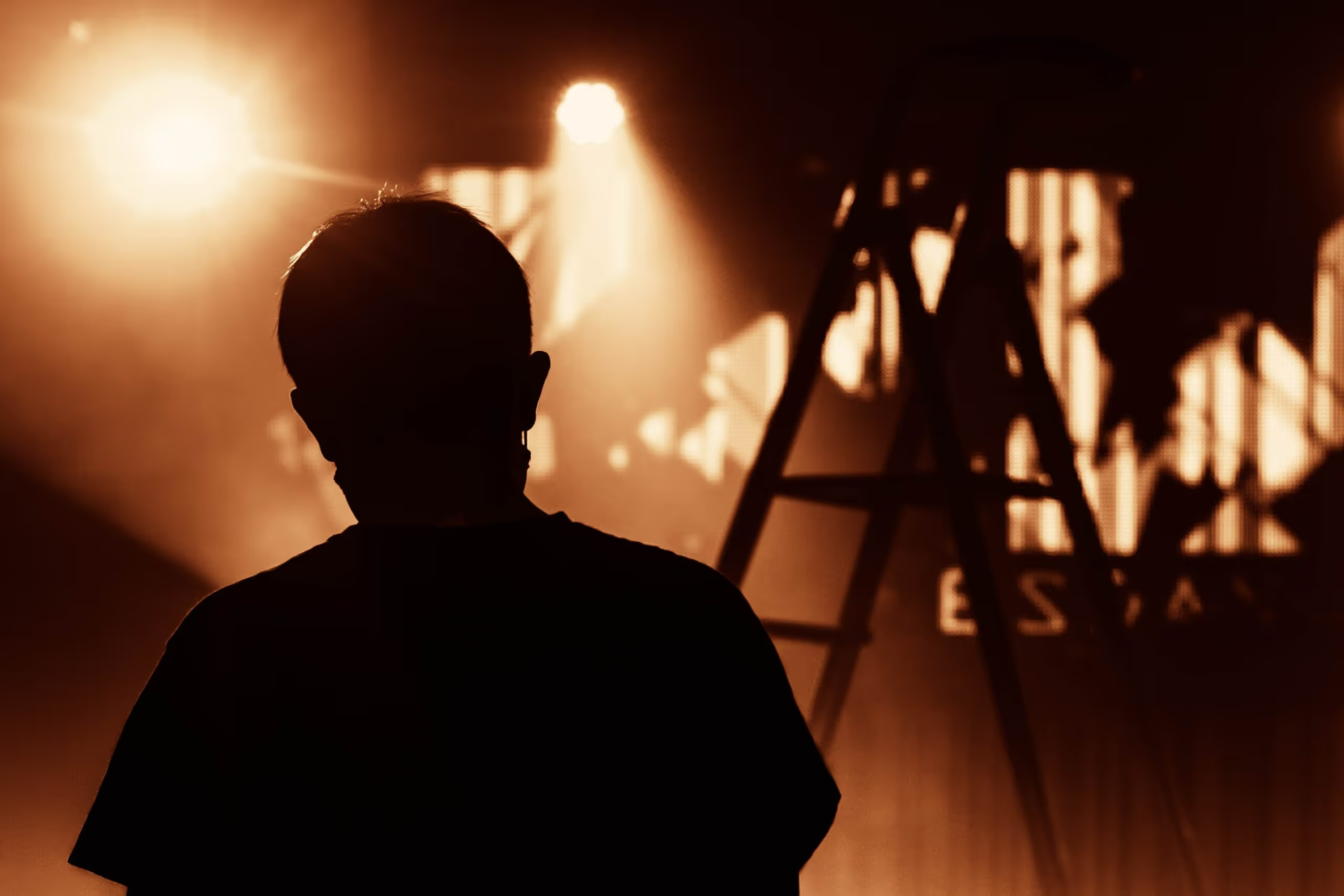

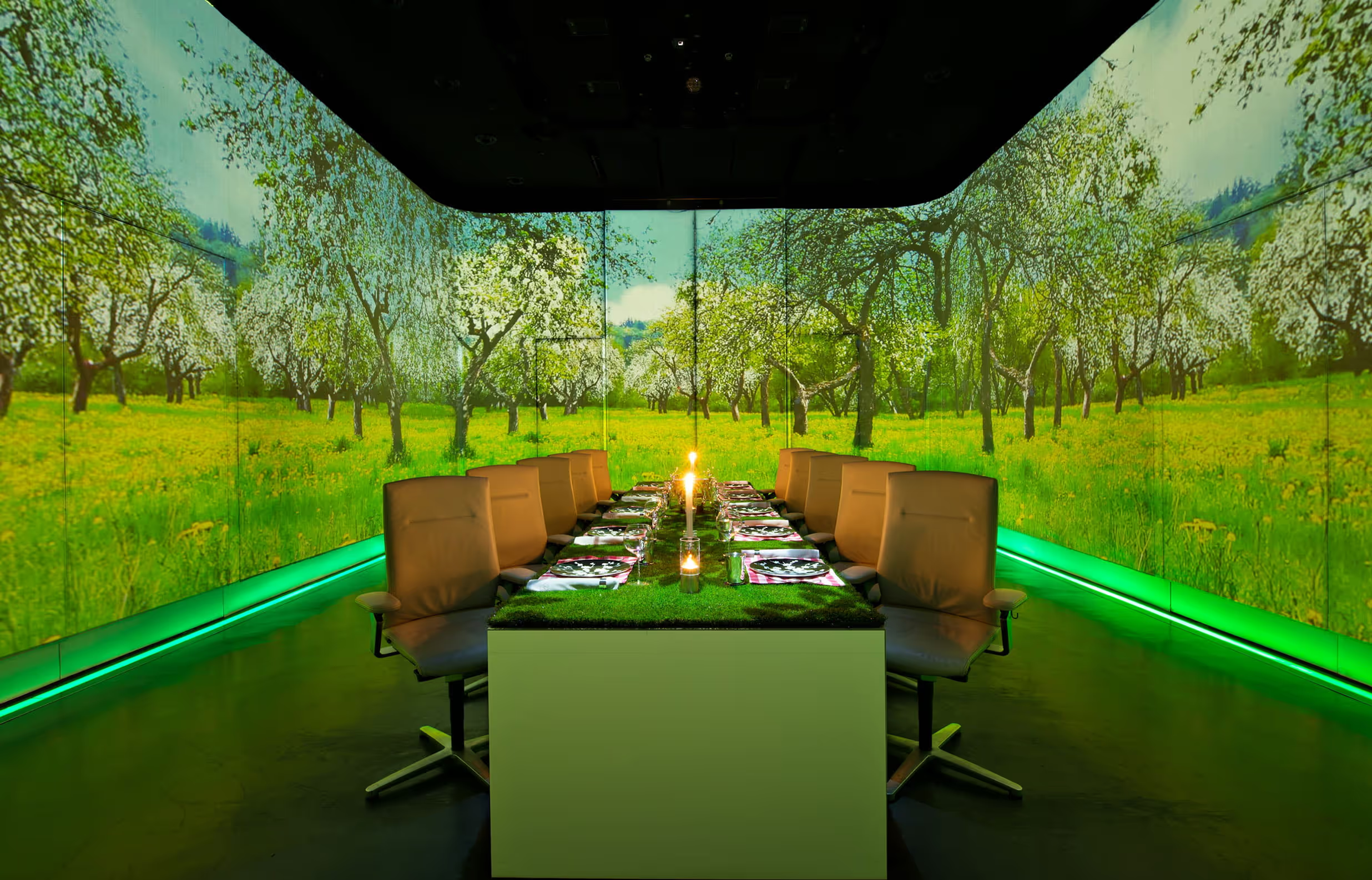

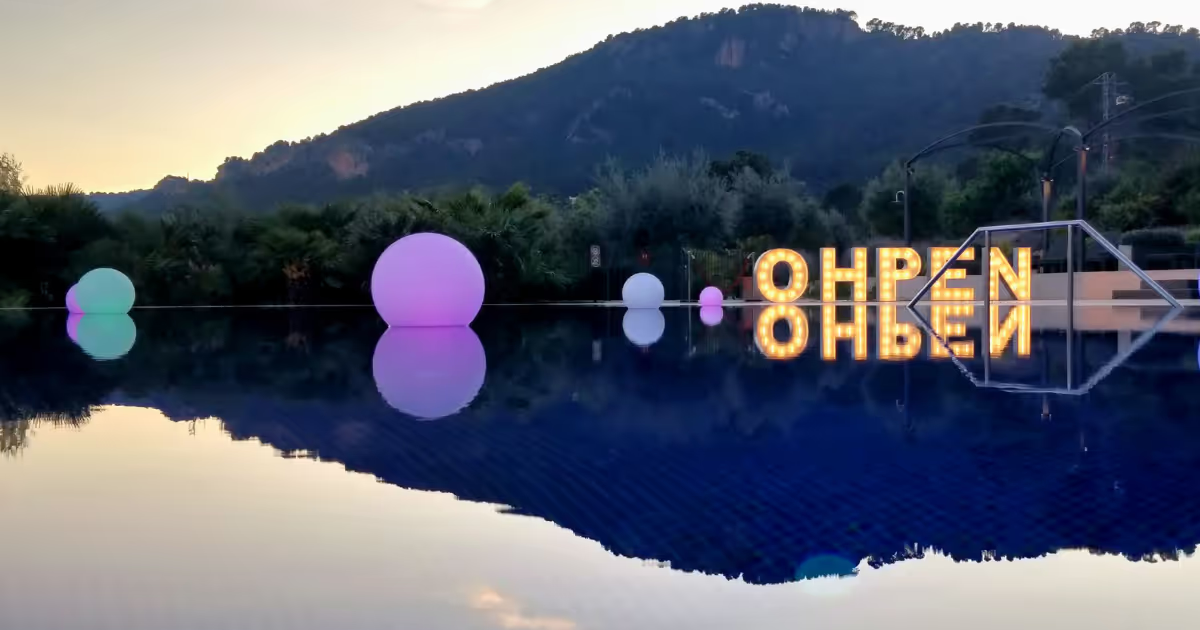
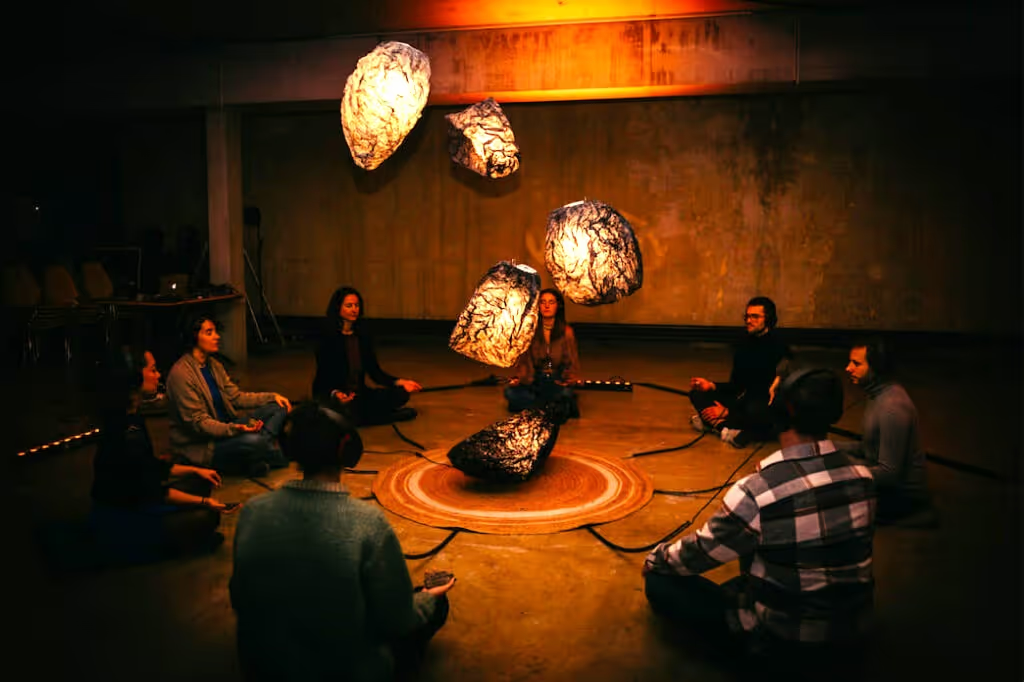
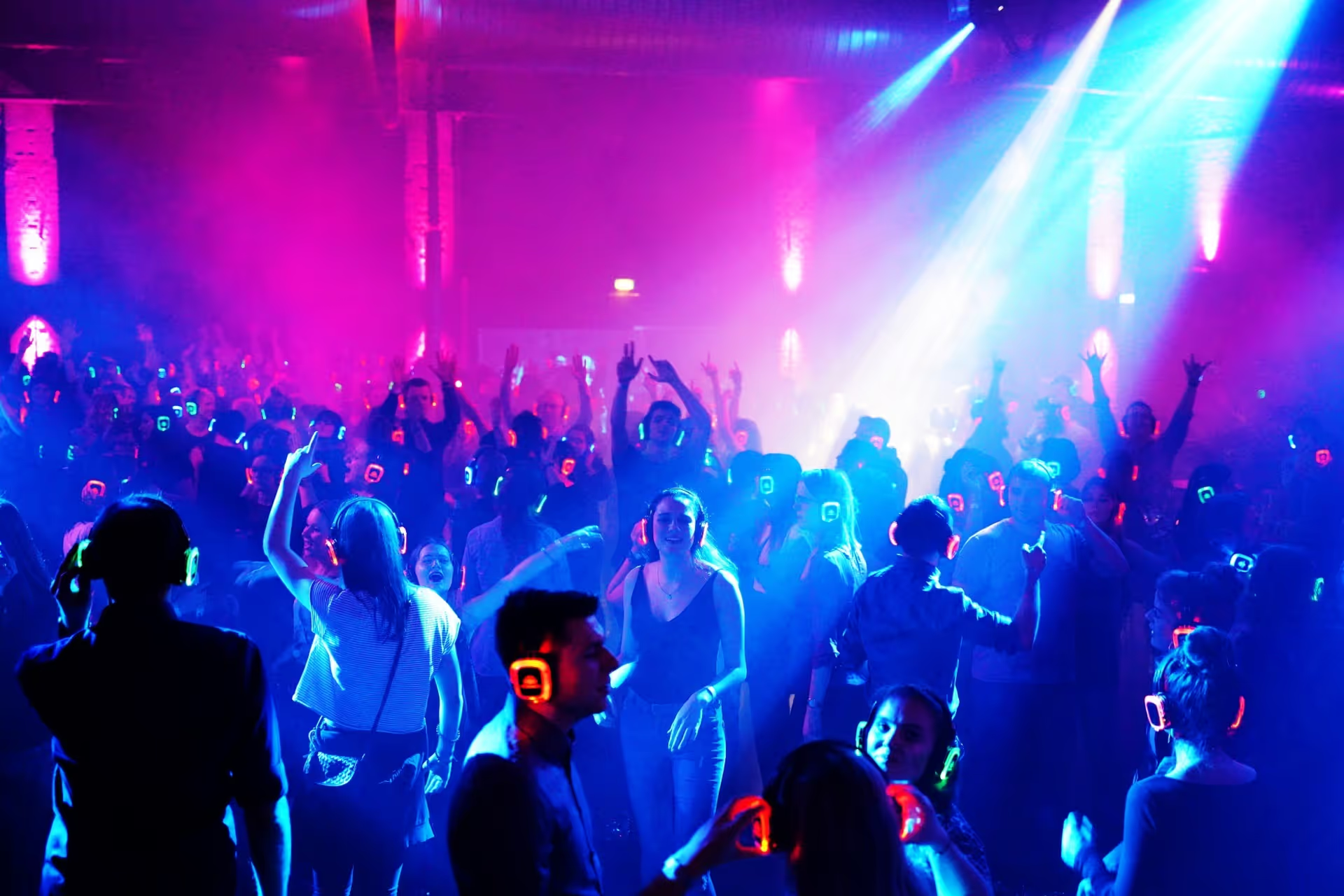



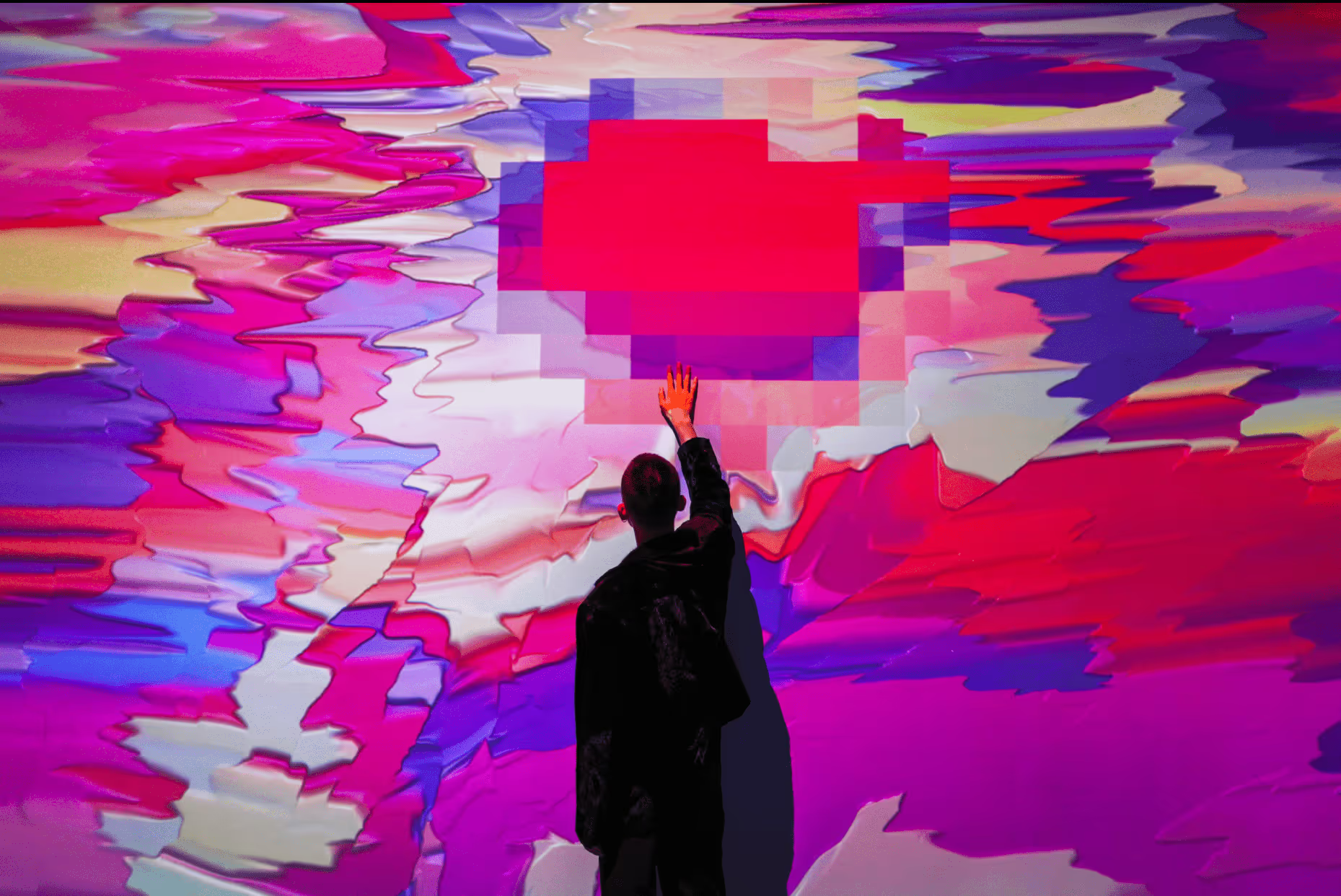
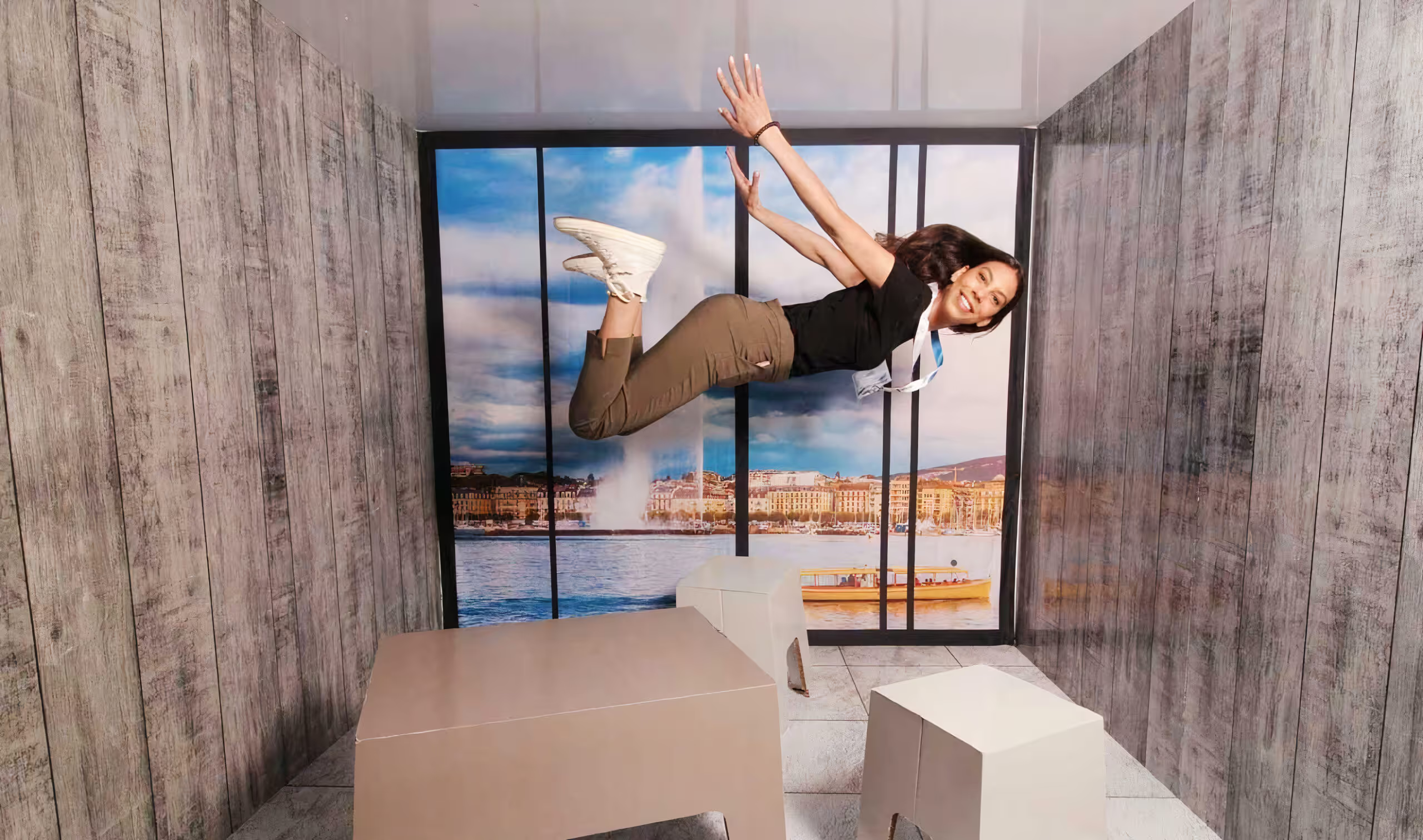
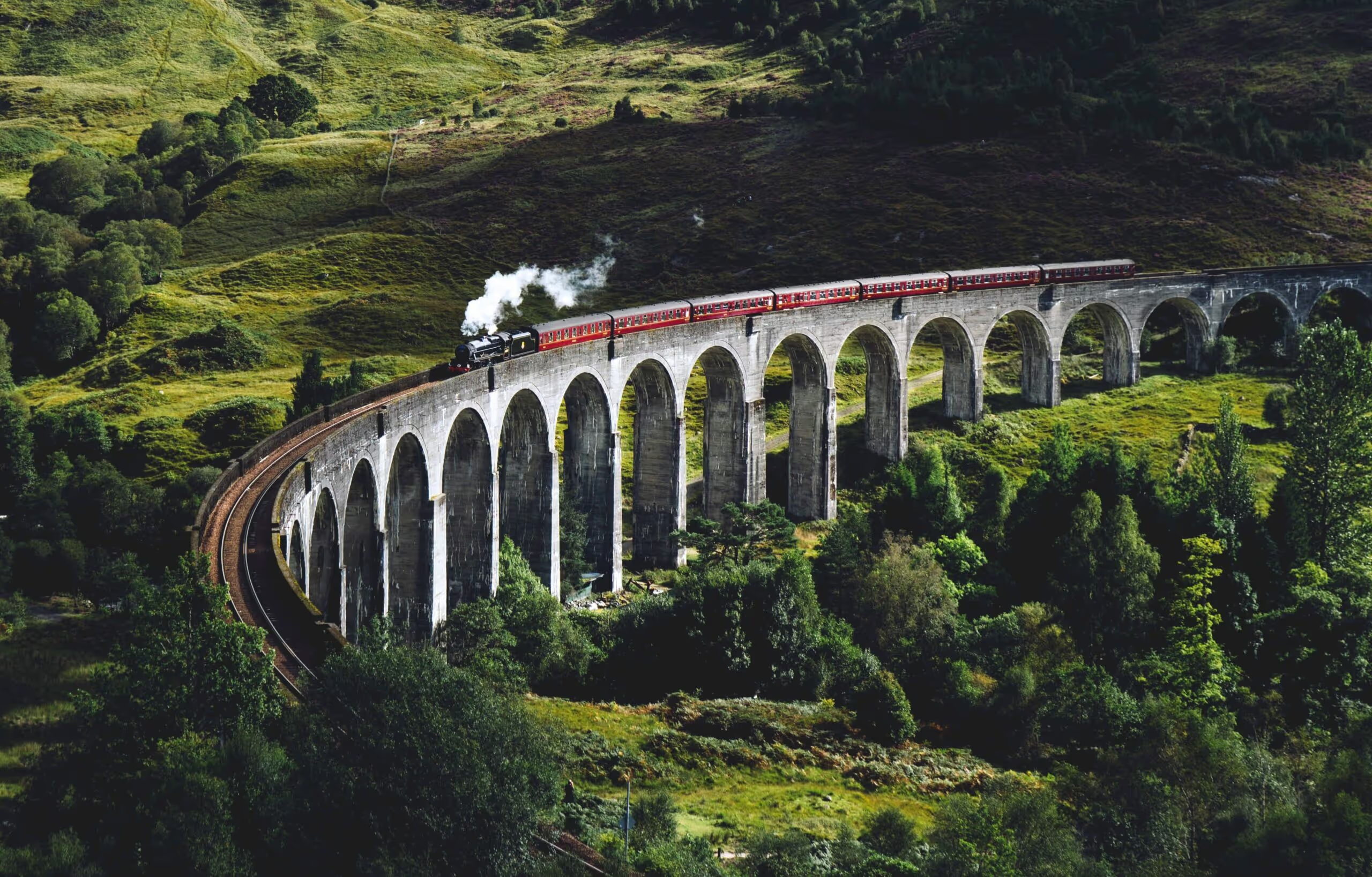

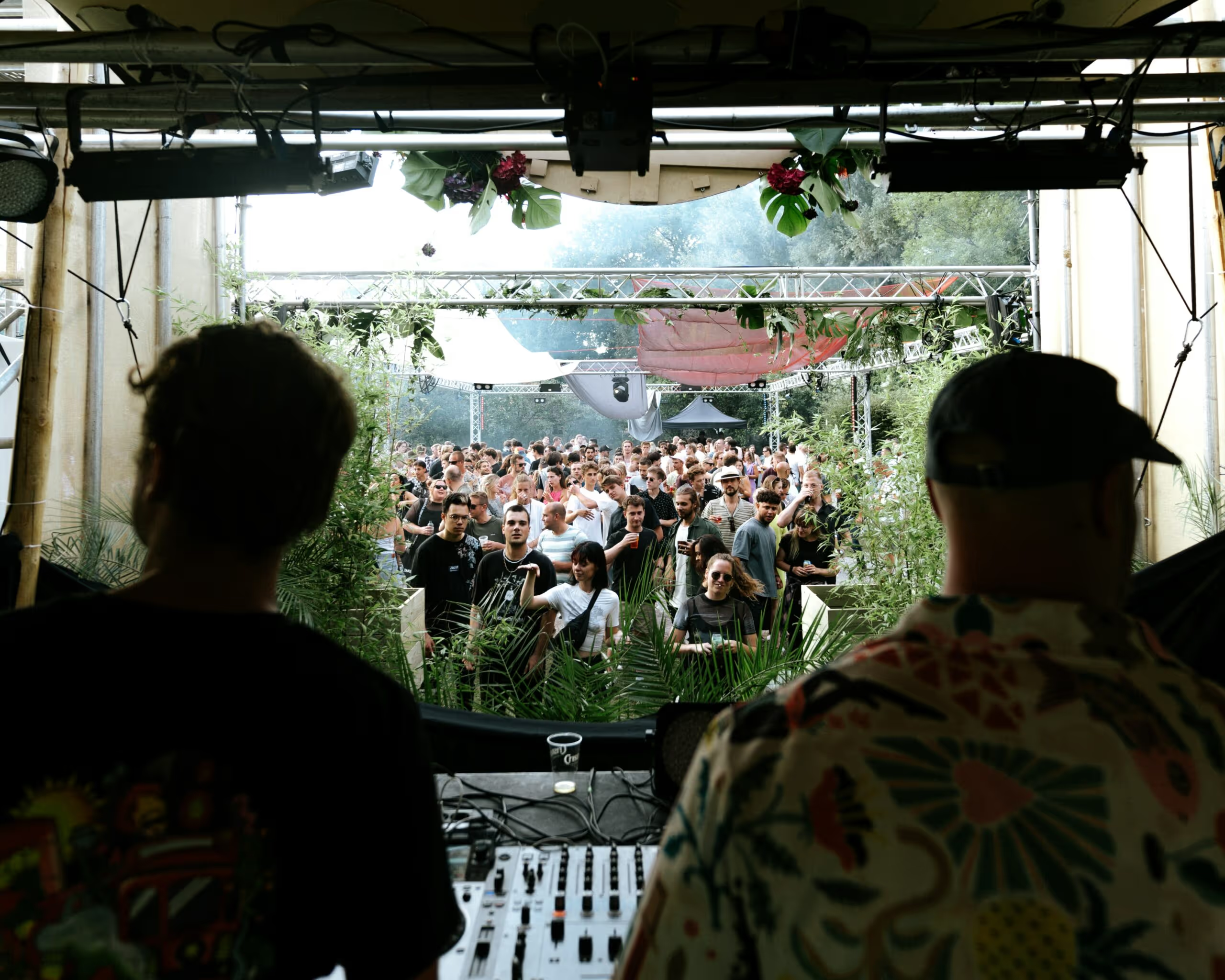

.png)
